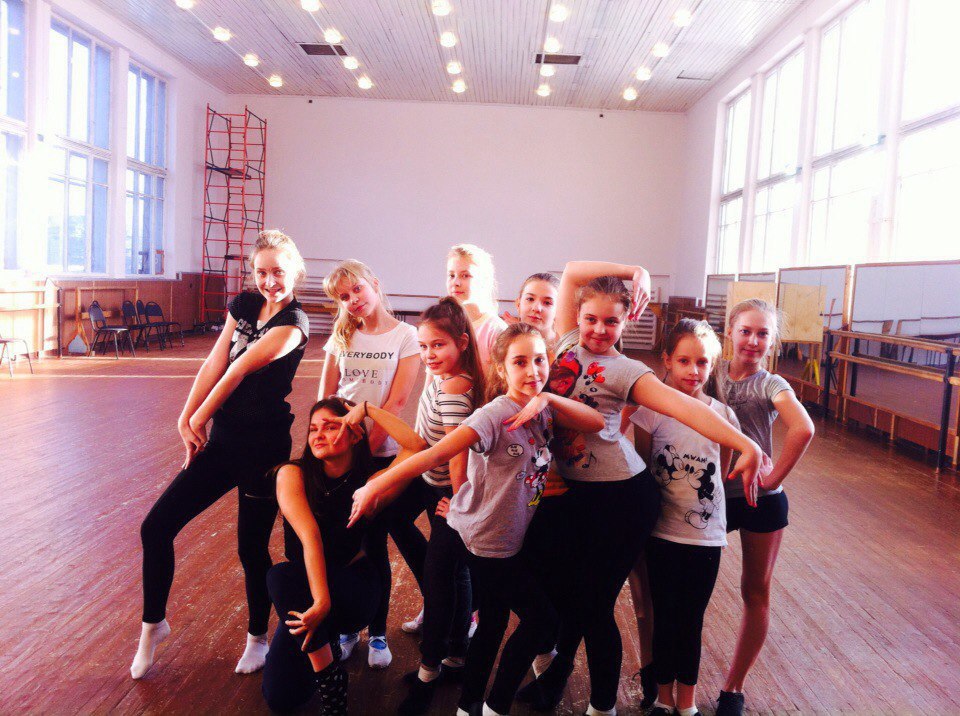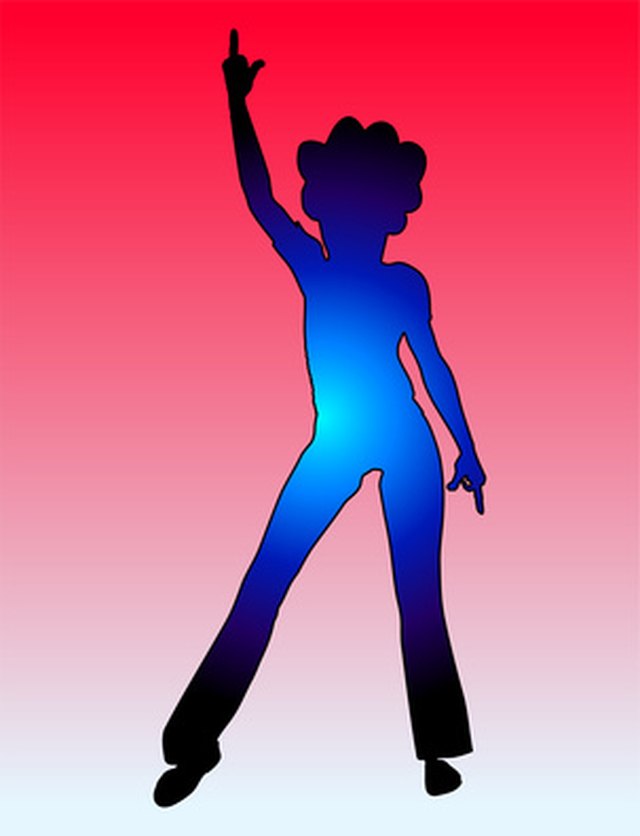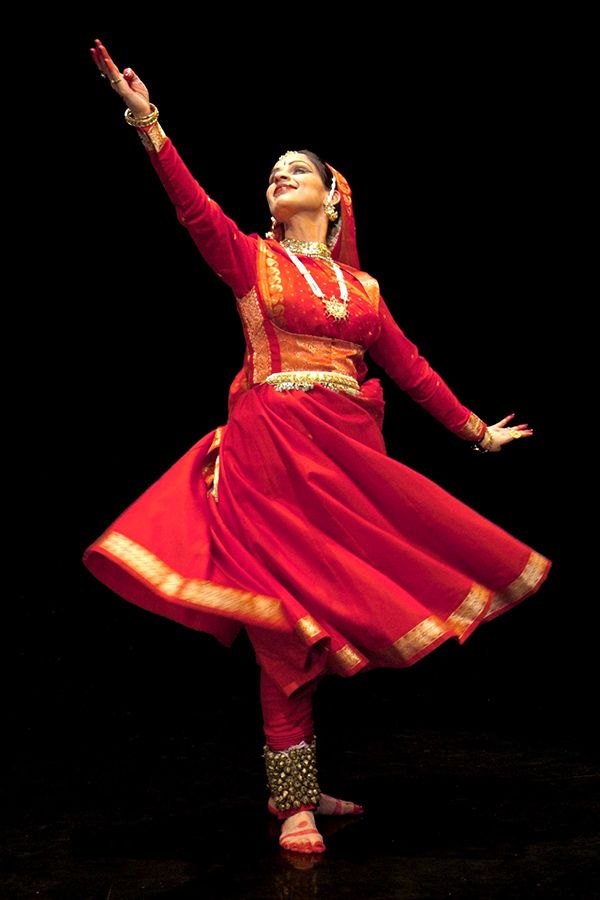How to start your own dance group
How to Start a Dance Team in 2022 [21-Step Plan]
Do you want to start a dance team? If YES, here is a complete guide to starting a dance team with NO money and no experience plus a sample dance team business plan template. Are you a professional dancer? Do you have what it takes to entertain people of different class and background with your dance? Can you work with a team? If you have answered a yes to all these questions, then you might be on your way to becoming a celebrity and making mega bucks as the owner of a dance team.
There are many business opportunities in the entertainment industry and if you are interested in this industry, you can consider starting your own dance team. Depending on the part of the world you live in, establishing a dance team whether for western dance or traditional dance means that you stand the chance of making good fortune from the business. In other words, starting a dance team with a well – equipped dance studio can be capital intensive but it is indeed a profitable venture especially if your dance studio is well equipped and furnished and if it is located in the entertainment hub of your city or state.
If you have decided to start a dance team, then you should make sure that you carry out thorough feasibility studies and market survey on the business. This will enable you properly locate the dance team in a community or city with the right demography; a location that can readily accepts your services.
So, if you have done the required feasibility studies and market research, then you might want to venture into this business. If you have been pondering on starting your own dance team, but do not know how to go about it, then you should consider going through this article; it will sure give you the needed guide and direction.
Table of Content
- 1. Understand the Industry
- 2. Conduct Market Research and Feasibility Studies
- 3. Decide What Niche to Concentrate On
- 4. Know the Major Competitors in the Industry
- 5. Decide Whether to Buy a Franchise or Start from Scratch
- 6. Know the Possible Threats and Challenges You Will Face
- 8.
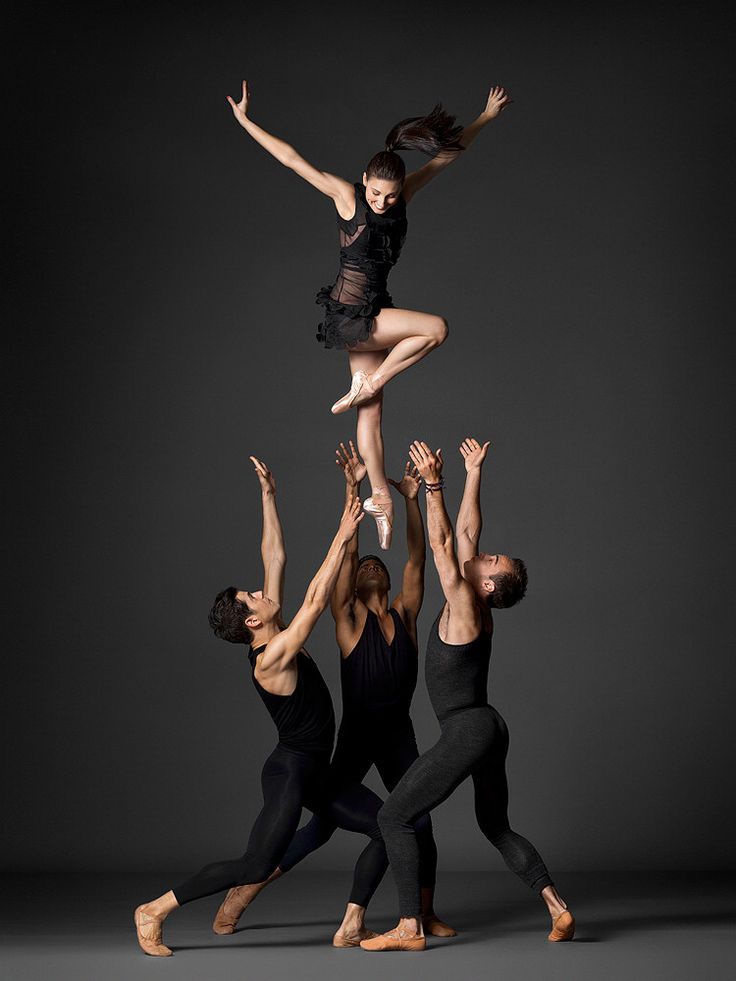 Choose a Catchy Business Name from the ideas Below
Choose a Catchy Business Name from the ideas Below - 9. Discuss With an Agent to Know the Best Insurance Policies for You
- 10. Protect your Intellectual Property With Trademark, Copyrights, Patents
- 11. Get the Necessary Professional Certification
- 12. Get the Necessary Legal Documents You Need to Operate
- 13. Raise the Needed Startup Capital
- 14. Choose a Suitable Location for your Business
- 15. Hire Employees for your Technical and Manpower Needs
- 16. Write a Marketing Plan Packed With ideas & Strategies
- 17. Work Out a Reasonable Pricing for your Services & Products
- 18. Develop Iron-clad Competitive Strategies to Help You Win
- 19. Brainstorm Possible Ways to Retain Clients & Customers
- 20. Develop Strategies to Boost Brand Awareness and Create a Corporate Identity
The dance team business belongs to the music and theater production industry and players in this industry produce live theatrical or musical performances including concerts, opera, ballet and drama plays et al.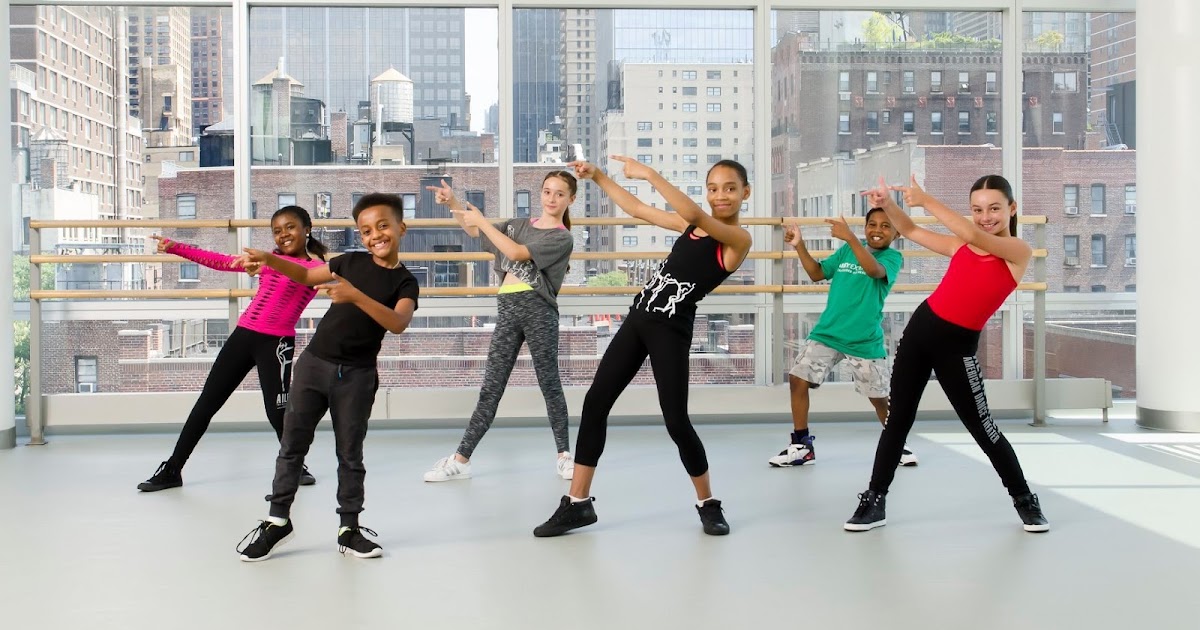 Establishments within the Music and Theater Production industry vary significantly. Traditional performing arts production establishments rely heavily on government funding to remain viable, while contemporary music production establishments run on high profit margins.
Establishments within the Music and Theater Production industry vary significantly. Traditional performing arts production establishments rely heavily on government funding to remain viable, while contemporary music production establishments run on high profit margins.
The revenue generated in the industry fluctuates according to changes in government funding and industry operators’ ability to stage popular shows. Over the last five years, the number of big-name musicians performing has increased, boosting the share of industry revenue attributable to popular music concerts. While the two markets (traditional and contemporary performing arts) generally appeal to different demographics, growth within the popular music segment has come at the expense of traditional segments such as ballet and classical music concerts.
The Music and Theater Production industry is indeed a large industry and pretty much active in countries such as United States of America, United Kingdom, Germany, France, Italy, Holland, Switzerland, Australia and Canada et al.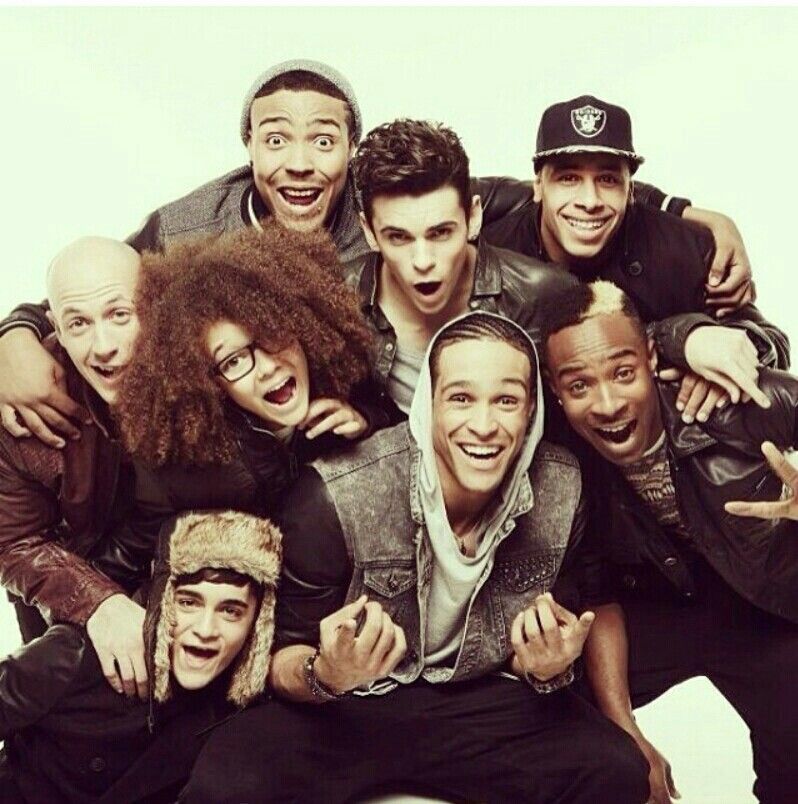 Statistics has it that in the United States of America alone, there are well over 1,263 registered and licensed music and theater production companies scattered all across the United States responsible for employing well over 8,981 people and the industry rakes in well over $13 billion annually.
Statistics has it that in the United States of America alone, there are well over 1,263 registered and licensed music and theater production companies scattered all across the United States responsible for employing well over 8,981 people and the industry rakes in well over $13 billion annually.
The industry grew at 0.2 percent annual growth between 2011 and 2016. It is important to state that there are no establishments in this industry that have a lion market share. A recent report released by IBISWorld shows that the industry has recently expanded due to increased demand for popular music events, higher household expenditure on music and theater productions and greater government funding.
Despite this, the industry is expected to be in the mature stage of its life cycle. Industry value added is estimated to increase at an annualized 0.7 percent in the 10 years through 2022-21, which is lower than growth in GDP of 2.6 percent over the same period. The report further shows that most segments of the industry are saturated, with only the popular music segment growing faster than the overall economy over the past five years.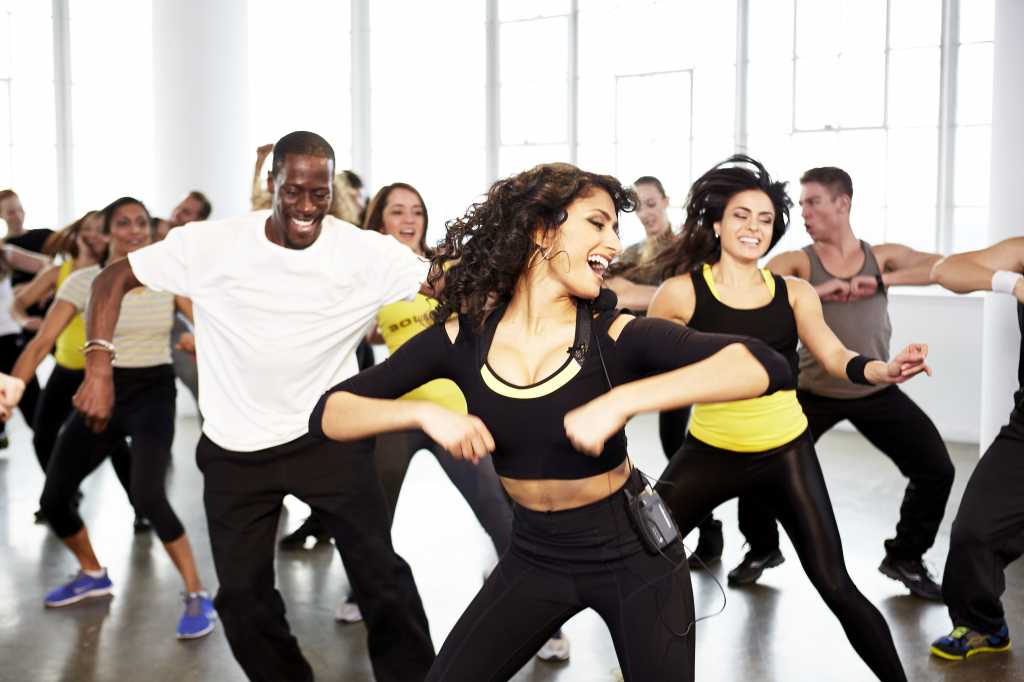
Revenue in some segments has gained more from government financial support than increasing box office ticket sales, particularly for opera, classical music and dance productions. Due to the fact that it is easy to establish a dance team, it is easy to come by a dance team in the United States of America when you search for one. Even though the industry seems to be over-saturated, there is still room big enough for an aspiring entrepreneur who wants to launch his or her own dance team in the United States.
Over and above, starting a dance team requires professionalism and good grasp of both classical and contemporary dance steps and the overall entertainment and performing arts industry. Besides, you would need to get the required certifications and business license to fully launch your dance team.
One good thing about the entertainment industry and the music and theater production industry is that there is readily available market for their services simply because individuals and even organizations naturally would want to hire dance teams for entertainment purposes at their events.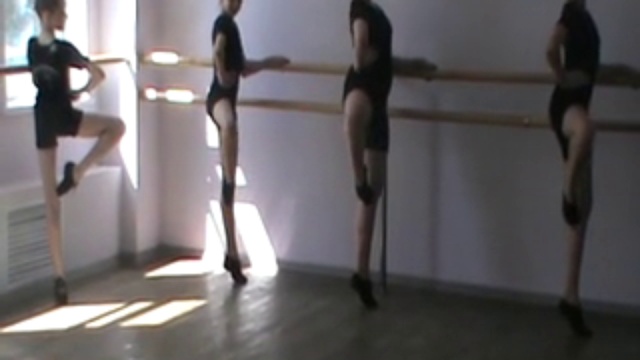 So, if you are well positioned and you know how to reach out to your target market, you will always smile to the bank.
So, if you are well positioned and you know how to reach out to your target market, you will always smile to the bank.
- Demographics and Psychographics
The demographic and psychographic composition of those who require the services of a dance team cut across individuals, corporate organizations, government agencies, event planners, institutions, political parties and religious organizations et al who usually entertain their guests.
So, if you are looking towards defining the demographics for your dance team, then you should make it all encompassing. It should include every individual and organization that can pay for your services.
3. Decide What Niche to Concentrate OnIf you have plans of starting a dance team, you just have to carve out niche areas that you need to specialize in. This is so because there are loads of dance teams out there and most of them are invited to perform based on their niche areas.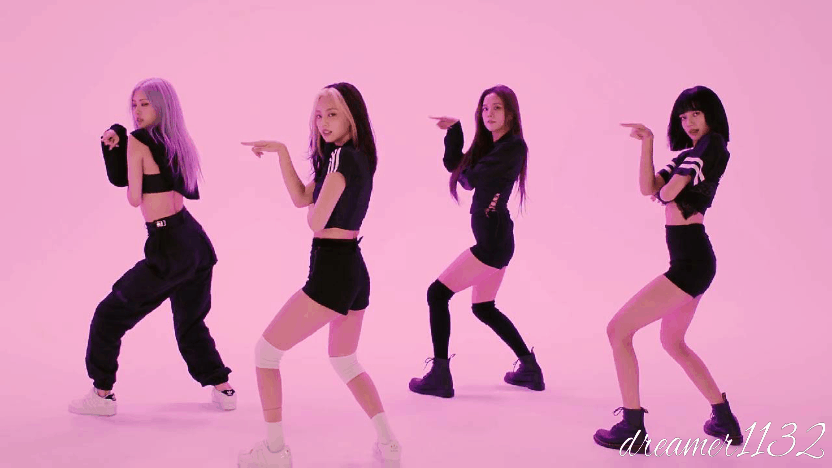
These are some of the niche ideas a dance team can choose from;
- Dance and ballet company operation
- Circus operation
- Musical theater operation
- Musical performances
- Opera operation
- Orchestra operation
- Performing arts operation
- Theater operation
- Theater restaurant operation
No matter the line of business you decide to pitch your tent, you are still going to compete with others who are into same area of business and dance team is not an exemption.
The level of competition in the music and theatre production industry depends largely on your area of specialization and how big and organized your dance team is.
The truth is that no matter the level of competition in an industry, if you brand and promote your products or services properly, you will always make headway in the industry. Just ensure you have what it takes to entertain your clients and you know how to reach out to your target market.
In every industry, there are always brands that perform better or are better regarded by customers and the general public than others. Some of these brands are those that have been in the industry for a long while and so are known for that, while others are best known for how they conduct their businesses and the results they have achieved over the years.
These are some of the leading dance teams in the United States of America and also in the globe;
- Rhythmic Eagles Dance Team
- Salsa Swings Dance Team
- Doomsday Panthers Dance Team
- Lady Rebels Dance Team
- Diamond Dolls Dance Team
- Agnes de Mille Dance Theatre
- Gangstagroove Dance Team
- Alvin Ailey American Dance Theater
- Liquid Smoke Dance Team
- Dance-versity Dance Team
- Top Gun All Stars Dance Team
- Rebel Angels Dance Team
- Desi Hoppers Dance Team
- Jabba WockeeZ Dance Team
- Super cr3w Dance Team
- Kings United India Dance Team
- Fanny Pak Dance Team
- SoReal Cru Dance Team
- Rated Next Generation Dance Team
- Street Kingdom Dance Team
When it comes to starting a dance team, you just have to get your feasibility studies and market research right before venturing into the business. It is good to mention that starting a standard dance team can be demanding; it is for professionals who have successfully gathered the required experience and expertise to lead a dance team and to deliver whenever they are invited to perform.
It is good to mention that starting a standard dance team can be demanding; it is for professionals who have successfully gathered the required experience and expertise to lead a dance team and to deliver whenever they are invited to perform.
Starting this kind of business entails that you acquire the required skills and build good working relationship with stakeholders in the music and theatre production industry. If you are already a major player in the music and theatre production industry and you are a professional dancer before venturing out to start your own dance team, this might not be an issue.
Depending on the scale at which you want to start from, you might require as much as multiple thousands of dollars to strike this off and at the same time you might need far less than that if you choose to start the dance team on a small scale with friends or family members performing in small community based shows.
5. Decide Whether to Buy a Franchise or Start from ScratchIf you are looking towards starting a dance team, you would have to start from the very scratch simply because you can hardly get a franchise of a dance team to buy. It is a business that is open to all and sundry. Besides starting a dance team from the scratch is less stressful when compared to other small scale businesses in the music and theater production industry which usually requires detailed groundwork before launching the business.
It is a business that is open to all and sundry. Besides starting a dance team from the scratch is less stressful when compared to other small scale businesses in the music and theater production industry which usually requires detailed groundwork before launching the business.
With a dance team, you should just try as much as possible to get professional dancers who are of like-minds, build business relationship with key stakeholders and then leverage on every marketing tool within your disposal, especially the internet when it comes to marketing your services.
Please note that most of the big and successful dance teams around started from the scratch and they were able to build a solid business brand.
6. Know the Possible Threats and Challenges You Will FaceIf you decide to start your own dance team today, one of the major challenges you are likely to face is the presence of well – established dance teams and also schools (both high schools and universities) who also have their own dance team. The only way to avoid this challenge is to create your own market.
The only way to avoid this challenge is to create your own market.
Some other threats that you are likely going to face as a dance team operating in the United States are unfavorable government policies, the arrival of a competitor within your location of operation and global economic downturn which may affect businesses such as dance team. There is hardly anything you can do as regards this threats other than to be optimistic that things will continue to work for your good.
7. Choose the Most Suitable Legal Entity (LLC, C Corp, S Corp)
Generally, you have the option of either choosing a general partnership or limited liability company which is commonly called an LLC for a business such as a dance team. If your intention is to grow the business and have clients both corporate and individual from all across the United States of America and other countries of the world, then choosing general partnership is not an option for you. Limited Liability Company, LLC will cut it for you.
Setting up an LLC protects you from personal liability. If anything goes wrong in the business, it is only the money that you invested into the limited liability company that will be at risk. It is not so for general partnerships. Limited liability companies are simpler and more flexible to operate and you don’t need a board of directors, shareholders meetings and other managerial formalities.
These are some of the factors you should consider before choosing a legal entity for your dance team; limitation of personal liability, ease of transferability, admission of new owners, investors’ expectation and of course taxes. If you take your time to critically study the various legal entities to use for your dance team, you will agree that limited liability company; an LLC is most suitable. You can start this type of business as limited liability company (LLC) and in future convert it to a ‘C’ corporation or an ‘S’ corporation especially when you have the plans of going public.
8. Choose a Catchy Business Name from the ideas Below
Choose a Catchy Business Name from the ideas BelowGenerally, when it comes to choosing a name for a business, it is expected that you should be creative because whatever name you choose for your business will go a long way to create a perception of what the business represents.
If you are considering starting your own dance team, here are some catchy names that you can choose from;
- X – Trims Professional Dance Group
- Top Flight Dance Team
- Onyx Genders Dance Team
- Dennis Gilbert & Co Dance Team
- Sonny Star Dance Team
- Straight from Eden Dance Team
- Prince & Princess Dance Group
- Hall of Fame Dance Team
- Psalmist Generation Dance Team
- Paula Gang Dance Group
In the United States of America and in most countries of the world, you can’t operate a business without having some of the basic insurance policy covers that are required by the industry you want to operate from.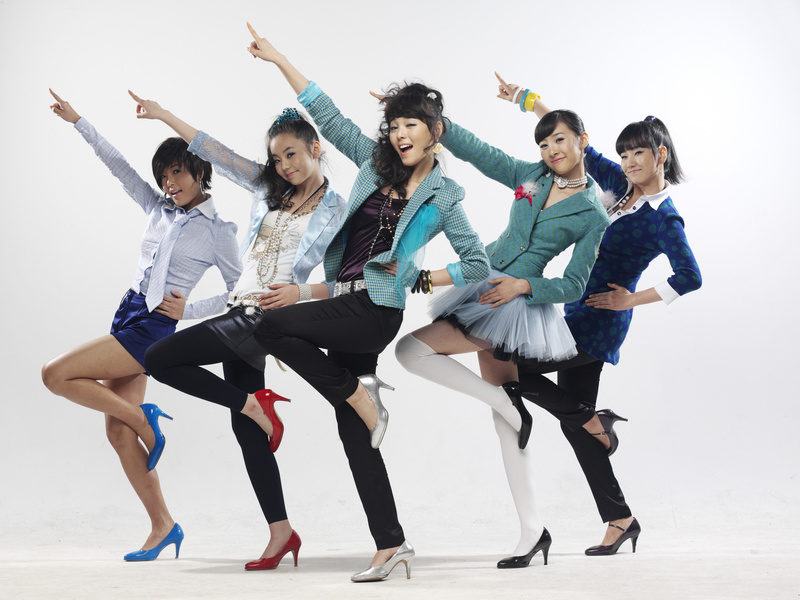 So, it is imperative to create a budget for insurance policy covers and perhaps consult an insurance broker to guide you in choosing the best and most appropriate insurance policies for your dance team.
So, it is imperative to create a budget for insurance policy covers and perhaps consult an insurance broker to guide you in choosing the best and most appropriate insurance policies for your dance team.
Here are some of the basic insurance policy covers that you should consider purchasing if you want to start your own dance team in the United States of America;
- General insurance
- Risk Insurance
- Financial reinsurance
- Health insurance
- Liability insurance
- Workers compensation
- Overhead expense disability insurance
- Business owner’s policy group insurance
- Payment protection insurance
If you are considering starting your own dance team, usually you may not have any need to file for intellectual property protection/trademark. This is so because the nature of the business makes it possible for you to successfully run the business without having any cause to challenge anybody in court for illegally making use of your company’s intellectual properties.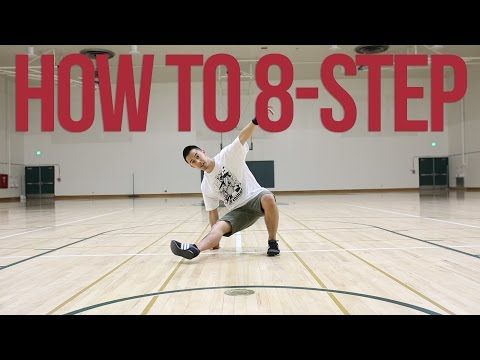
Aside from the performance you produce as it relates to music and performing theater industry, professional certification is one of the main reasons why some professionals stand out. If you want to make impact in the music and performing theater industry, you should work towards acquiring all the needed certifications in your area of specialization. Certification validates your competency and shows that you are highly skilled, committed to your career and up-to-date in this competitive market.
These are some of the certifications you can work towards achieving if you want to run your own dance team;
- ASFA® Dance/Hip-hop Aerobics Instructor Certification
- Dance Teacher / Instructor Certification
- Certificate in Dance Education
- Degree or Diploma in Music and Performing Arts Related Courses
Please note that you can successfully run a dance team in the United States and in most countries of the world without necessarily acquiring professional certifications and business license especially if you have adequate experience cum background in the entertainment, music and theater performance industry.
These are some of the basic legal documents that you are expected to have in place if you want to legally run your own dance team in the United States of America;
- Certificate of Incorporation
- Federal Tax Payer’s ID
- State Permit
- Business License and Certification
- Business Plan
- Non – disclosure Agreement
- Employment Agreement (offer letters)
- Operating Agreement for LLCs
- Insurance Policy
- Contract documents
- Online Terms of Use
- Online Privacy Policy Document
- Apostille (for those who intend operating beyond the United States of America)
- Company Bylaws
- Memorandum of Understanding (MoU)
Asides from the required certifications and hands-on experience, starting a dance team can be cost effective. Securing a standard studio facility in a good business district, equipping the dance studio with the needed dance instruments, equipment and tools and paying your employees are part of what will consume a large chunk of your startup capital.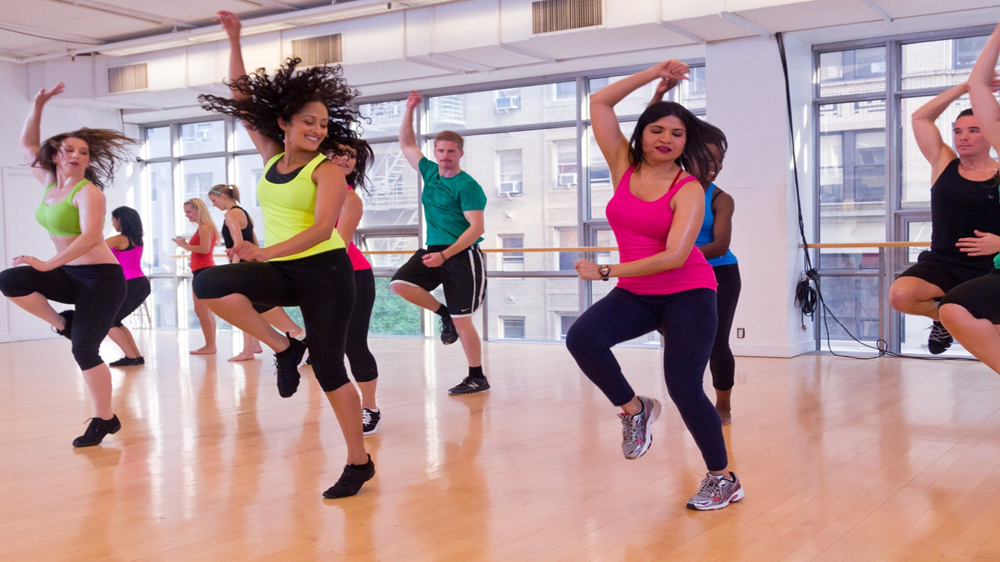
No doubt when it comes to financing a business, one of the first things and perhaps the major factor that you should consider is to write a good business plan. If you have a good and workable business plan document in place, you may not have to labor yourself before convincing your bank, investors and your friends to invest in your business or to partner with you.
Here are some of the options you can explore when sourcing for startup capital for your dance school;
- Raising money from personal savings and sale of personal stocks and properties
- Raising money from investors and business partners
- Sell of shares to interested investors
- Applying for loan from your bank
- Pitching your business idea and applying for business grants and seed funding from donor organizations and angel investors
- Source for soft loans from your family members and your friends.
The fact that you can operate your dance team from any part of the world and even in your home does not mean that locations has little influence on the success of a dance team.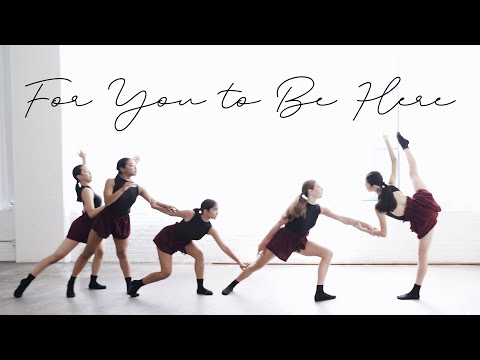 If you have taken your time to study the music and theater production industry, you will realize that dance teams and related entertainment companies are willing to pay expensive rents in order to stay in a busy entertainment hub; a place where there are loads of socialites.
If you have taken your time to study the music and theater production industry, you will realize that dance teams and related entertainment companies are willing to pay expensive rents in order to stay in a busy entertainment hub; a place where there are loads of socialites.
It cannot be overemphasized that the location you chose to open your dance team business is key to the success of the business, hence entrepreneurs are willing to rent or lease a facility in a visible location; a location where the demography consists of people and businesses with the required purchasing power and lifestyle. If you make the mistake of renting or leasing a facility for dance team cum dance studio in a not too visible or hidden location simply because it is cheap, then you must be prepared to spend more in promoting the business and perhaps giving direction to potential clients.
It is important to note that a business facility in good location does not come cheap hence you should be able to allocate enough fund for leasing/renting in your budget. If you are new to the dynamics of choosing a location for a business such as dance team, then you should feel free to talk to a business consultant or a realtor who has a full grasp of the city and perhaps country you intend starting your dance team.
If you are new to the dynamics of choosing a location for a business such as dance team, then you should feel free to talk to a business consultant or a realtor who has a full grasp of the city and perhaps country you intend starting your dance team.
These are some of the key factors that you should consider before choosing a location for your dance studio;
- The demography of the location
- The demand for the services of dance teams and other players in the music and theater production industry in the location
- The purchasing power of the residents of the location
- Accessibility of the location
- The number of dance teams and related entertainment companies in the location
- The local laws and regulations in the community/state
- Traffic, parking and security et al
On the average, there are no special technologies or equipment needed to run a dance team except for the needed studio equipment and technology, but you will definitely need computers/laptops, internet facility, telephone, fax machine and office furniture (chairs, tables, and shelves). These machines, equipment, tools and instrument can be purchased as fairly used especially if you have limited finance to meet your budget.
These machines, equipment, tools and instrument can be purchased as fairly used especially if you have limited finance to meet your budget.
When it comes to choosing between renting and leasing a facility for a dance team and dance studio, the size of the dance team you want to build and your entire budget for the dance team should influence your choice. If you have enough capital to run a standard dance team with a well – equipped dance studio, then you should consider the option of leasing a facility.
As regards the number of employees that you are expected to kick start the business with, you would need to consider your finance before making the decision. Averagely, you would need a Chief Executive Officer/Principal Partner, Professional Dancers, Instrumentalists, Technicians, Business Developer/Marketing Executives, Accountant (Bursar), Customer Service Executive/Front Desk Officer.
Over and above, you would need a minimum of 10 to 15 key staff to effectively run a medium scale but standard dance team with a dance studio. Please note that there will be times when you are expected to go out of your way to hire professional dancers to perform with your team.
Please note that there will be times when you are expected to go out of your way to hire professional dancers to perform with your team.
The service delivery as it relates to dance team is simple and almost same amongst dance teams in any part of the world. Basically, when a dance team receives an invite to perform in a show, the invite usually contains the kind of performance that is expected from them and the duration they are expected to perform.
In most cases, especially with big concerts, the dance team would usually carry out the last phase of rehearsals on the stage they are to perform and on the D – Day, they go out there to perform and entertain their guests. As regards performance fees, sometimes the organizers of the event give the dance team honorarium and in some cases the dance team charges performance fees based on their brand name.
It is important to state that a dance team may decide to improvise or adopt any business process and structure that will guarantee them efficiency and flexibility; the above stated dance team business process is not cast on stone.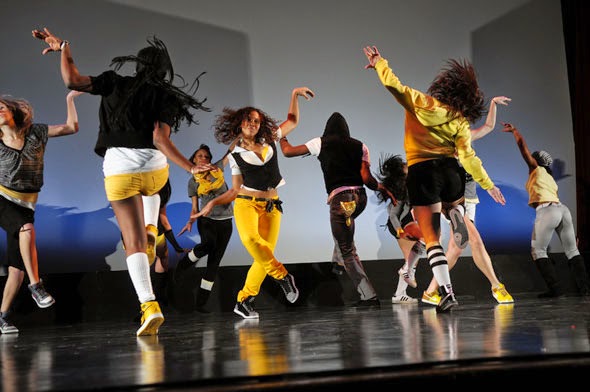
As a team, you would have to prove your worth over and over again before attracting corporate organizations and individual clients to hire your services to perform at their events, concerts and shows. So, if you have plans to start your own dance team, it will pay you to build first build a successful career in the music and theater production industry. People and organizations will only hire your services if they know that they are going to get value for their money.
So, when you are drafting your marketing plans and strategies for your dance team, make sure that you create a compelling personal and company profile. Aside from your qualifications and experience, it is important to clearly state in practical terms what you have been able to achieve in time past as it relates to the music and theater production industry and the organizations, concerts, shows and events you have performed for.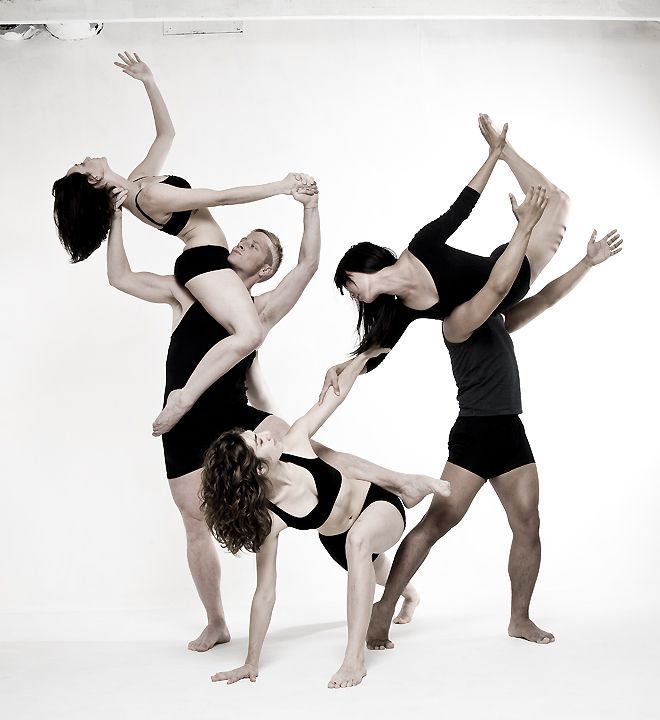 This will help boost your chances in the market place when sourcing for clients.
This will help boost your chances in the market place when sourcing for clients.
Here are some of the platforms you can utilize to market your dance team;
- Introduce your business by sending introductory letters alongside your brochure to all the individuals, corporate organizations, government agencies, event planners, institutions, political parties, and religious organizations et al who usually entertain their guests within and outside the city you are operating in, and who have the capacity to pay for your services
- Advertise your dance team in relevant magazines, radio and TV stations (make yourself available for music, dance and theater production related talk shows and interactive sessions on TV and Radio)
- List your dance team on local directories/yellow pages
- Attend international music and theater production expos, seminars and business fairs et al
- Create different packages for different category of corporate and individual clients in order to work with their budget
- Leverage on the internet to promote your dance team
- Join local chambers of commerce and industries around you with the main aim of networking and marketing your services; you are likely going to get referrals from such networks
- Engage the services of marketing executives and business developers to carry out direct marketing
 Work Out a Reasonable Pricing for your Services & Products
Work Out a Reasonable Pricing for your Services & ProductsOne key factor that will help you offer your services at a price that is highly attractive is to ensure that you source your startup capital from sources that won’t put pressure on you. So also, it is important that you purchase your dance studio equipment, tools, instruments and costumes directly from the manufacturers or from wholesale distributors. If need be, you can purchase these dance studio equipment, tools, machines, costumes and instruments from fairly used market. It will still save you some bucks.
Another strategy that will help you offer your dance team services at the right price is to ensure that you cut operational cost to the barest minimum, channel your efforts towards marketing and promoting your brand name. Aside from the fact that this strategy will help you save cost, it will also help you get the right pricing for your products and services.
18. Develop Iron-clad Competitive Strategies to Help You WinThe music and theater production industry is a competitive industry and you must come up with a unique and highly creative strategy to be able to outsmart your competitors in the industry. Part of what you need to do in order to stay competitive in the industry is to continue to deliver top notch performance whenever you are called upon to perform. Organizations and people will always hire your services if they know that you will always entertain their guests far beyond their expectations.
Part of what you need to do in order to stay competitive in the industry is to continue to deliver top notch performance whenever you are called upon to perform. Organizations and people will always hire your services if they know that you will always entertain their guests far beyond their expectations.
Another strategy that you can adopt is to ensure that your organization is well positioned; key members of your team are highly qualified and certified as it relates to their job roles (professional dancers).
19. Brainstorm Possible Ways to Retain Clients & CustomersWhen it comes to business, no matter the industry that you choose to pitch your tent in, one of the easiest ways to increase customer retention and perhaps attract new customers is to produce results and satisfy your customers always. If your customers are satisfied with your service delivery, they can hardly source for alternative service provider or products.
If you can continue to deliver top notch performances whenever you are called upon to perform and your customer service delivery is excellent, then you won’t struggle to maintain loyal clientele base.
Part of what you need to do to achieve this is to track progress, results or outputs with the aim of improving on them quickly as the case demands. When it comes to managing your customers and building loyal clientele base, you should purchase a customized CRM software. With a customized CRM system, you can easily stay in touch with your clients (you can carry out quick survey, introduce new products and prices to them without any hitch, felicitate with them on their birthdays and other anniversaries, keep track of their progress, send bulk sms and customized emails and above all, you can easily receive compliance and feedback from them).
20. Develop Strategies to Boost Brand Awareness and Create a Corporate IdentityIf your intention of starting a dance team is to grow the business beyond the city where you are going to be operating from to become a national and international brand, then you must be ready to spend money on the promotion and advertisement of your brand.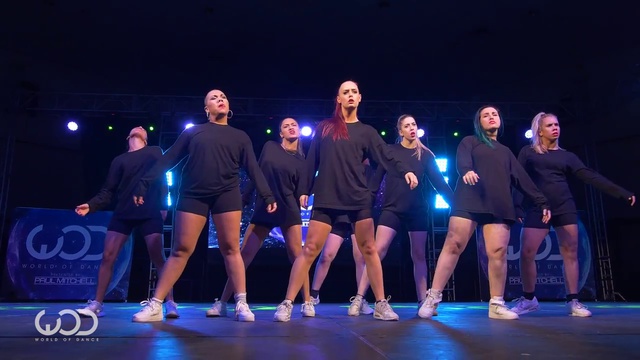
In promoting your brand and corporate identity, you should leverage on both print and electronic media and also social media (the internet). As a matter of fact, it is cost effective to use the internet and social media platforms to promote your brand, besides it is pretty much effective and wide reaching.
Below are the platforms you can leverage on to boost your brand and to promote and advertise your dance team;
- Place adverts on entertainment related magazines and newspapers, radio and TV stations
- Encourage the use of word of mouth publicity from your loyal customers
- Leverage on the internet and social media platforms like; YouTube, Instagram, Facebook, Twitter, LinkedIn, Snapchat, Badoo, Google+ and other platforms to promote your dance team
- Ensure that you position your banners and billboards in strategic places all around your city
- Distribute your fliers and handbills in target areas in and around our neighborhood
- Contact individuals, corporate organizations, government agencies, event planners, institutions, political parties, and religious organizations et al who usually entertain their guests within and outside the city you are operating in, and who have the capacity to pay for your services by calling them up and informing them of your organization and the services you offer
- Advertise your dance team in your official website and employ strategies that will help you pull traffic to the site
- Brand all your official cars and ensure that all your staff members and management staff wears your branded shirt or cap at regular intervals.
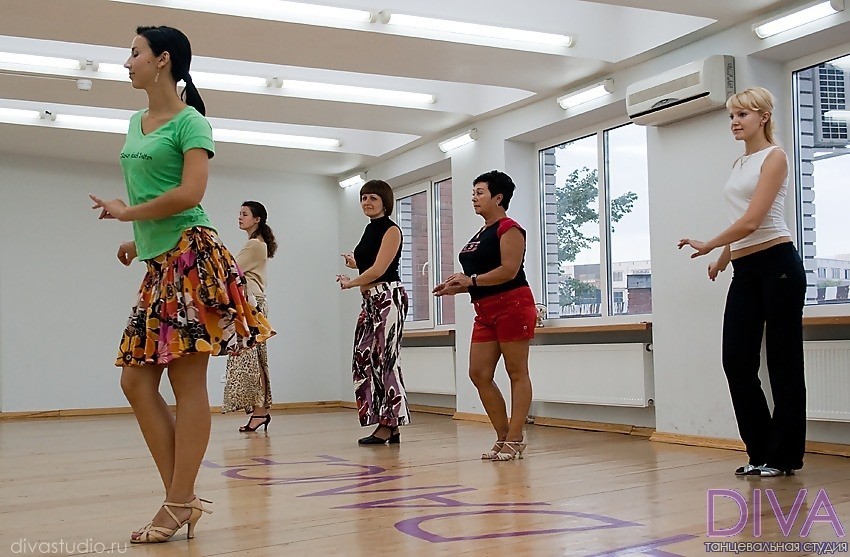
21. Create a Suppliers/Distribution Network
In order to successfully run a dance team, you must establish good business relationship with key players in the entertainment industry, music and theater production industry. It is advisable that you enter into business partnerships with event planners and other key stakeholders in the entertainment industry, and the music and theater production industry; they are in better positions to give you steady invites to perform at shows, concerts, parties and other events. That of course will guarantee your company steady flow of income.
How to start a dance group or dance classes for kids
You can start a dance group or teach dance classes for young children aged 2-7 years using the Pirate Sessa’s dances – and you don’t need to be a professional dancer to do it. As long as you set expectations right initially – that it’s all about simple dance moves for kids and having fun together, and that you are the leader.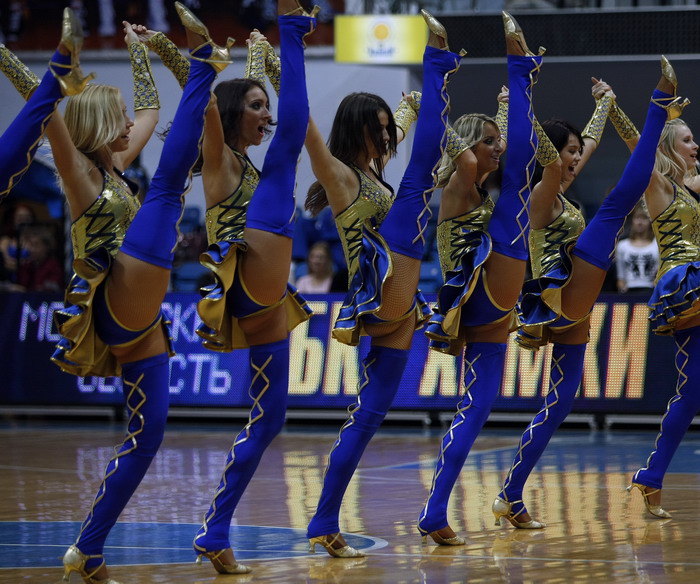
Are you a parent who wants to start a dance group for fun or a person working in school surrounded by children who love dance and movement to music?
Then you’ve come to the right place! Dance activities for kids are a fun activity and great exercise.
By using your will power and having the positive attitude all set, you will be able to learn the dances and learn how you can do to inspire young kids to dance together with you (and the Pirate Sessa).
You need one of the apps Kids Dance with the Pirate Sessa in the Castle or Kids Dance with the Pirate Sessa in the Dungeon so you get access to the dance videos and music. You can then use both choreography and music in your dance classes.
Pick a few of the dances in one of the apps and learn them. Practice, practice, practice.
The moves don’t need to be perfect but it’s important that you learn them so well that you can do them the same way every time, otherwise the children will be confused.
Preparation and dance class outline
Children like to recognize and repeat things, to know what comes next from time to time. So you need to prepare a dance class outline, which is recommended to be the same every lesson.
So you need to prepare a dance class outline, which is recommended to be the same every lesson.
Begin the dance lesson the same way each lesson, children like when there is a predetermined schedule. Use the same principle when you teach the dances, do it the same way every dance lesson and teach the dances in the same order every time.
Finish the dancing part with Freeze Dance towards the end and then gather the children, and read a greeting from the Pirate Sessa if you want to.
4-8 children is an suitable size per group of dancing children, divide by age and mix girls and boys. A class lenght of 30-40 minutes and 3-5 dances tend to be good for children ages 2-7 years.
Dance class outline
Start with a gathering and an introduction. It’s important to think this through in advance, how you are going to start strong, and then do the same each dance class (if it works well, otherwise change to something that works better).
- 1.
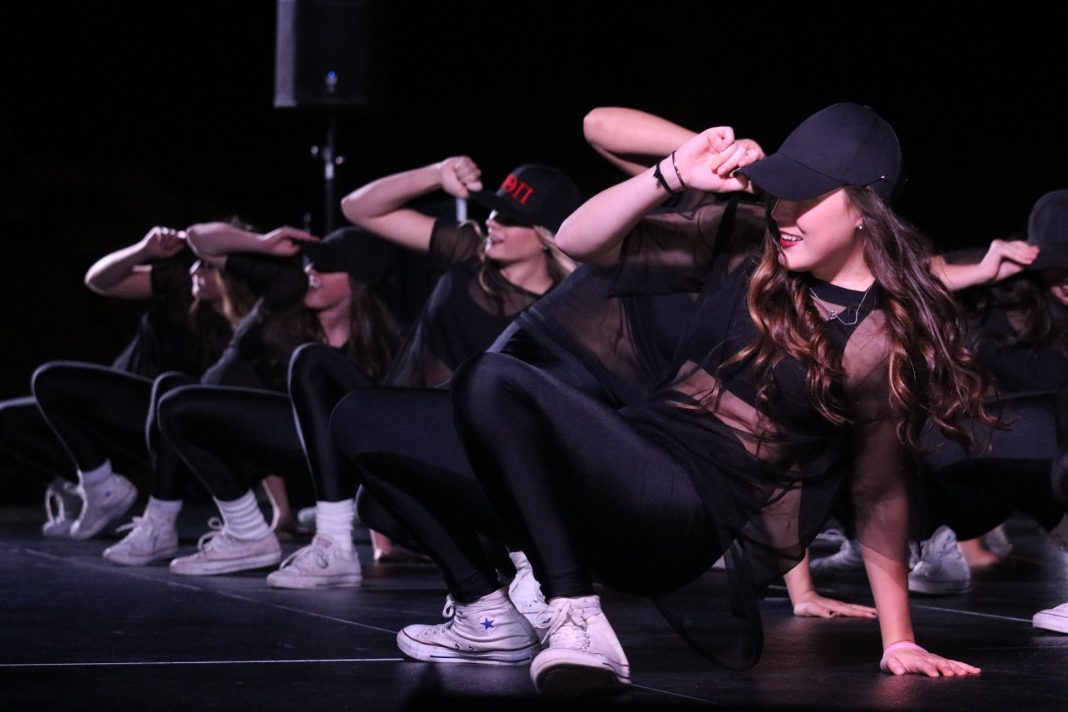 Suggested gathering and introduction
Suggested gathering and introduction
Gather and sit down in a circle for a short while and say ”now we are going to dance Pirate Sessa’s dances”, and then introduce Pirate Sessa shortly. Tell the short story – that her father is a pirate and her mother is a princess and that right now the Pirate Sessa is on the pirate boat, out on the big oceans, and that she likes to create fun dances for kids.Introduce yourself by saying your name and let the children say their names, if you do not already know each other of course.
If there is a school group or a group of friends where children already know each other, you can skip the names and go directly to get everyone’s thoughts set to dance.
- 2. Transitioning from introduction to start dancing
Before you start dancing, it’s good to get the group set to dance, so the thoughts and the focus are set on dance. A great way to do this is to talk about dance.Go the circle around, you start and say for example:
”I like to flap my arms like a butterfly when I dance, what do you like to do when you dance?”
The children usually answer ”spins”, ”jumps”, and so on.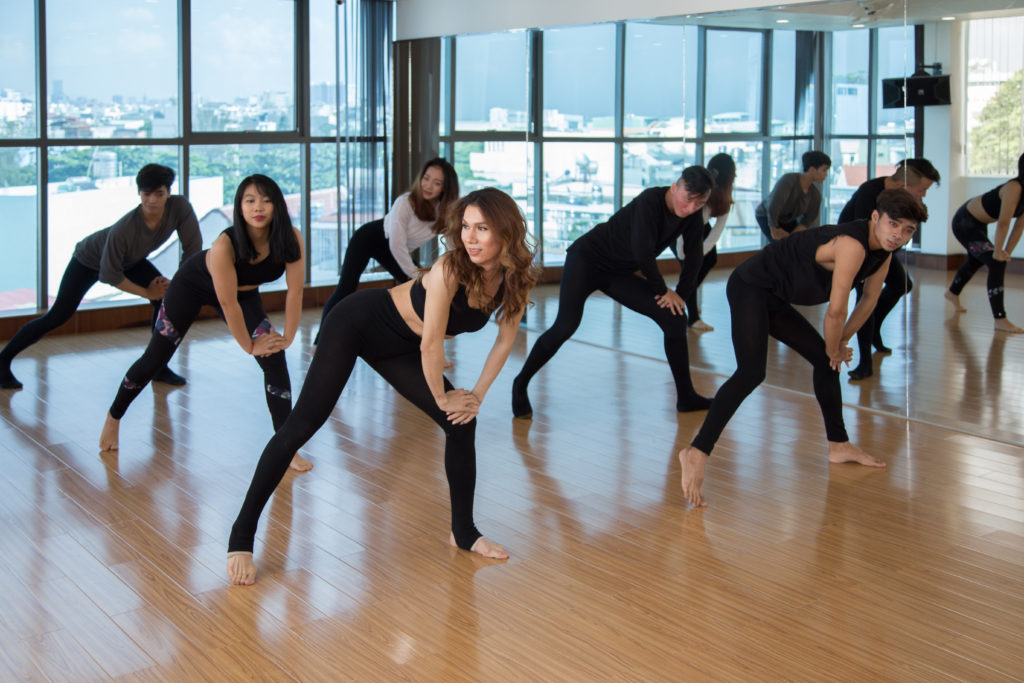
Then you can move on by saying something like:
”Today we’re going to do both spinning and jumping – and flapping our arms like a butterfly, we’ll start with Pirate Sessa’s Butterfly Dance.”Stand up and tell the kids that it’s time to stand up and start dancing. You choose if you wanna dance in the circle or if you stand at the front facing the group and the children are in a group and looking at you. (The kids will mirror what you are doing because you face them.)
It’s of course also an option to use Pirate Sessa’s apps by connecting the iPad to a smart board or via Apple TV, if there is an opportunity for it and that way let Pirate Sessa be dance teacher and show the dances if you prefer.
- 3. The dance lesson
Turn on the music. Show the dance videos or teach the dances yourself – dance and let the kids watch and mimic, the kids will do their best to keep up. Repeat and repeat and repeat. Do the same dance over and over again.The most important thing is to feel the group, it’s better to keep the level low so that everyone feels successful – so the kids feel ”I can do this” and instead work with additional challenges if any child has extra dance experience.
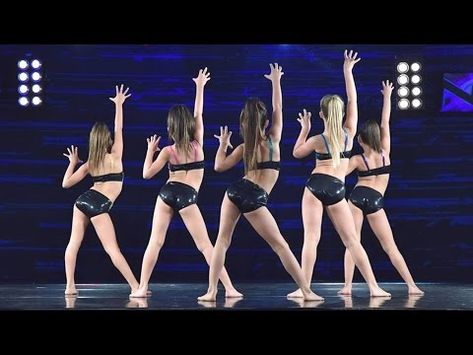 If a child also dance in a dance school or have older siblings who dance a lot, he or she can maybe get to play ”dance teacher” sometimes, or show some moments when the music is off, for example.
If a child also dance in a dance school or have older siblings who dance a lot, he or she can maybe get to play ”dance teacher” sometimes, or show some moments when the music is off, for example.Tips for dance groups of children 2-4 years
Go for 3-5 dances if you have kids dance for children 2-4 years, do the dances over and over again, the same dances lesson after lesson. You might think that it will be monotonous, but the kids love repetition and to feel ”I can do this, I’m good at this”.There is usually enough with three dances for younger children (repeat, repeat) and four or five in a group with older children.
Tips for dance groups of children 5-7 years
If you have children who are 5-7 years, you can introduce more and more dances over time, start with 3-5 the first time and then you can add dances.Let the group set the pace, rather wait an extra time to add a dance than to do too much, then the children lose the love of dance.
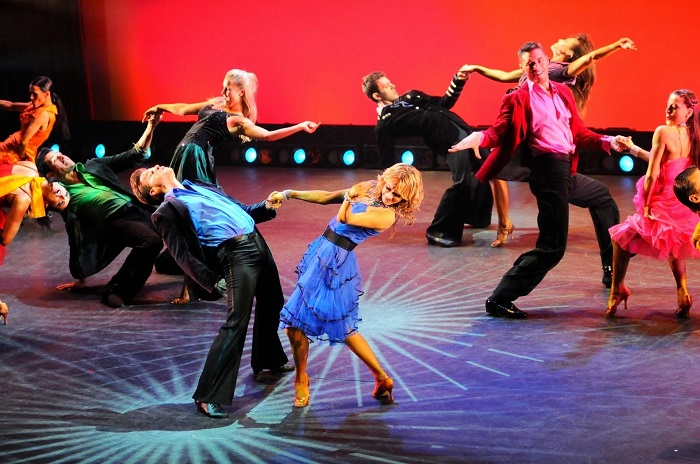
- 4. Suggested finish
If you want to, you can do a ”thing” every dance lesson and tell the kids that you have received a message in a bottle from Pirate Sessa, there are 10 short stories from Pirate Sessa’s treasure hunt trip in Costa Rica in Pirate Sessa’s World, starting with:
Greetings to YOU from Pirate Sessa’s treasure huntingSo, if you want to you can finish each dance class by reading a story (”a message in a bottle”) aloud. (Then at the bottom right, you can then scroll to the next story.)
It is a good and exciting finish ”let’s sit in the circle, the Pirate Sessa has sent us a message in a bottle, now you will get to hear from hear again”…
How to teach the dances to the children
The teaching method is ”mirroring” – watch and mimic. Kids are used to learn through repetition and by watching and then trying to do about the same, children learn things like that naturally from birth.
Tips when teaching the dances to the kids:
- 1.
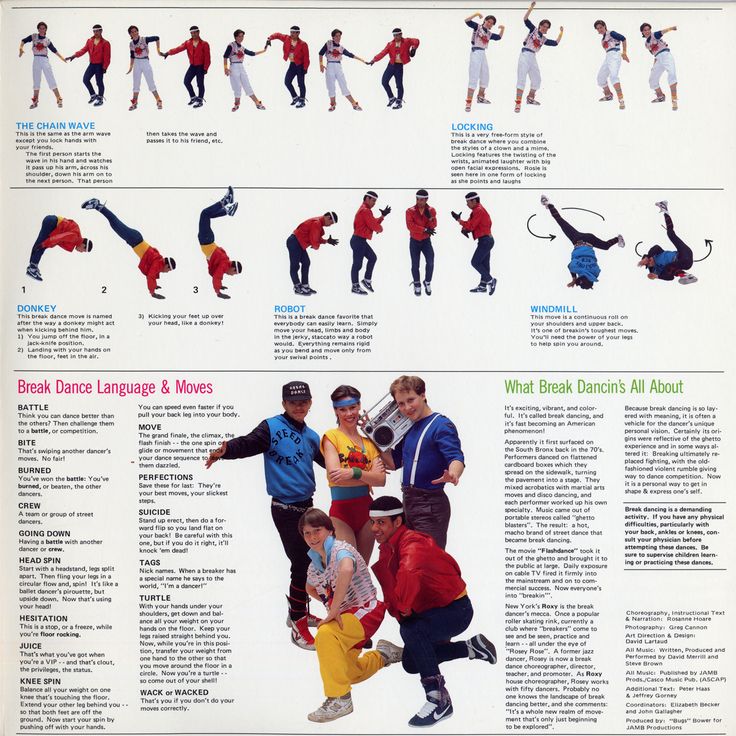 Tell what dance it is
Tell what dance it is
First, start by telling what dance you are going to do next. Turn on the dance videos, or the music if you show the dances yourself – and do the moves. Let the kids mimic and do their best to keep up. Repeat the same dance five times (at least). Turn off the dance videos/music in between if you wanna go through one or more moves a bit slower. - 2. Focus on main moves, skip the details
Focus on the main moves, each dance has a few ”main moves” and it’s easy to understand which they are in each song.You can go through the moves a little extra between each run-through if you want, but avoid going into too many details (there are not many details, the dances consist mainly large moves).
- 3. Repeat again and again and again
Children need and like repetition. If you notice that several in the dance group have difficulty doing any of the ”main moves” after several repetitions, switch off the music/dance videos and go through the moves a little extra together. Show, show, show. Practice, practice, practice.
Show, show, show. Practice, practice, practice. Do not correct individually, always talk to the whole group, even if it’s only one that has difficulties – show the whole group.
- 4. Practice – and remember that own versions are okay
Switch on the music/dance videos again and rehearse, rehearse, rehearse.Let the kids do the moves ”their own way”, it’s okay to do own versions, the important thing is that everyone is dancing and having fun.
After enough repetitions, most of the kids will do the moves more and more like the way you do them, or as Pirate Sessa do them the dance videos.
If you have the opportunity to play the dance videos on a screen, smart board or Apple TV, you can play a dance at a time, run the video and do the moves while watching.
Then try turning off the screen and only listen to the songs and let the kids dance their own versions of the dances.
Show eller dance party?
IF the kids and you want to – you can invite the parents to a dance show after you have been practicing for some time.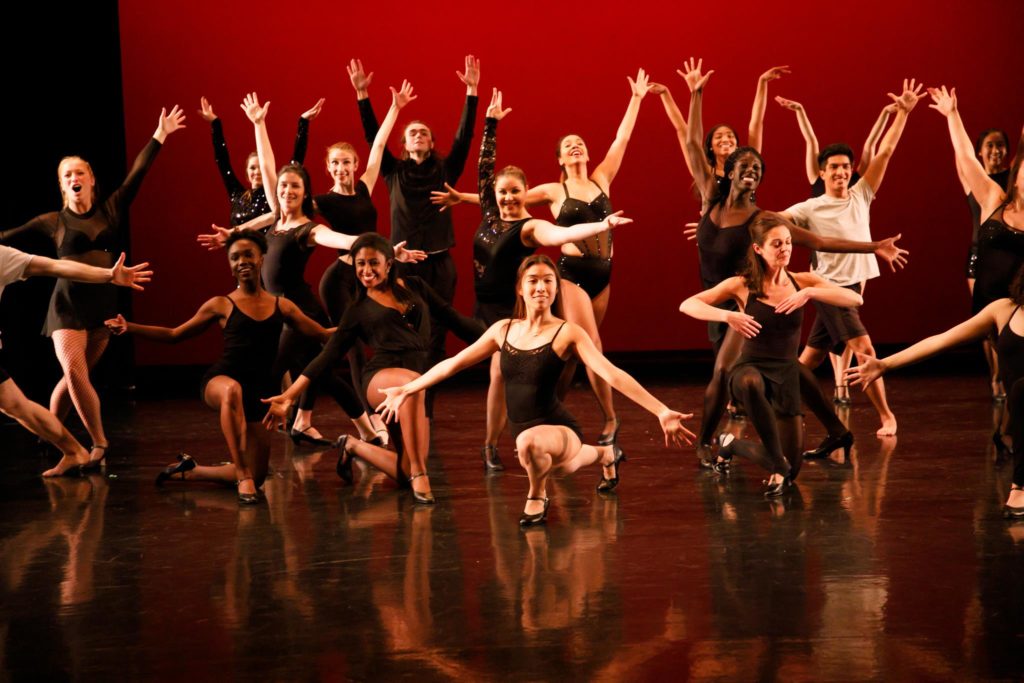 Choose to do one or more dances.
Choose to do one or more dances.
If you want to, you can divide the group into smaller groups, by age, for example, and let 3-year-olds do their favorite dance, 4-year-olds their favorite and 5-year-olds theirs.
Let the other children in the dance group sit next to or in a circle support their dancing friends.
Plan and adjust any show by age. Some of the younger children usually prefer to sit in the parent’s knees when it’s show time and it’s okay. Those kids think it’s fun that the parents are there and might be active dancing another time, when the time is right.
Slightly older kids may want to rehearse some dances and perform at the local shopping center, and perhaps take the opportunity to make a collection for charity for example. If you are doing a show, do it in a way so both you and the kids are having fun. Some kids love to do dance shows, som don’t – both are as okay.
Making your own dance props or own dance clothes
You can do a lot of fun things around the dancing, pottering to fix props and stuff.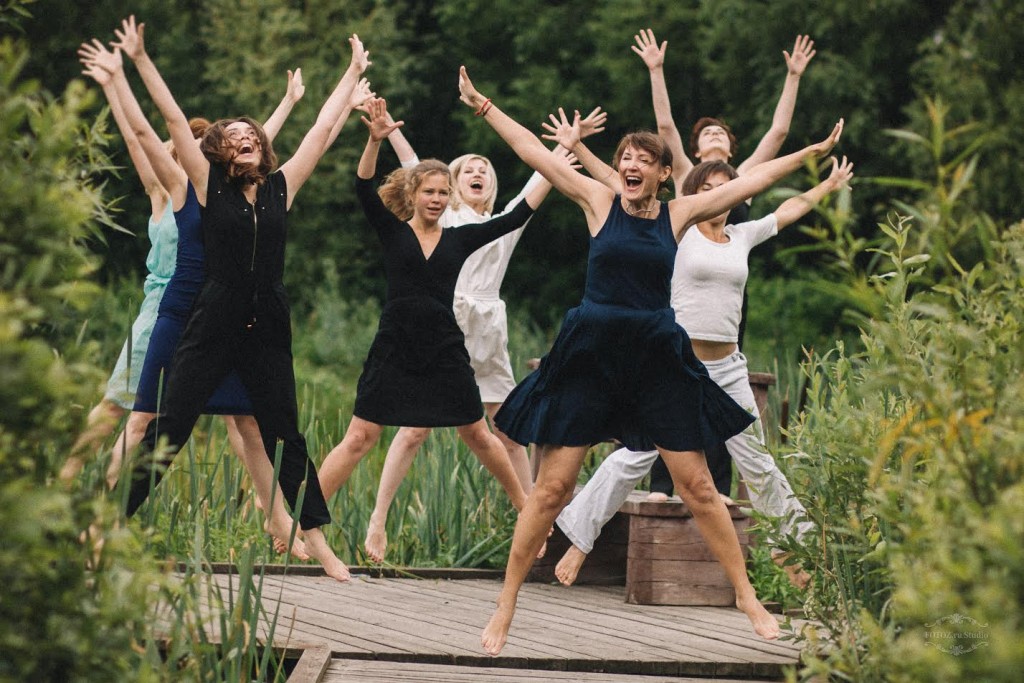 For example, collect old T-shirts to cut and make dance tank tops of, or pieces of fabric to hold in each hand and flap with in the butterfly dance or to use as a pirate bandana on the head.
For example, collect old T-shirts to cut and make dance tank tops of, or pieces of fabric to hold in each hand and flap with in the butterfly dance or to use as a pirate bandana on the head.
It’s also possible to make pirate eye patch with paper, rubber bands and sequins or other bling bling.
A great show outfit is jeans and t-shirt. A cool uniform and something that most children already have at home.
Or you can go for a color theme – everyone wear something red, for example, and all bring red clothes and they can maybe borrow from each other if not all have. Someone might have several red shirts or red caps, and are willing to lend it to other.
If you want to use the dance concept on a wider scale (commercial)
If you want to use the Pirate Sessa’s dances at a gym or dance school, commercial use, such as dance classes as a regular part of the schedule at a gym or gym chain or in dance schools, for example – contact me first.
Then you need extra instructor training from me and the gym or dance school will pay an annual fee for the right to use Pirate Sessa’s dance concept commercially.
Please write and tell
Please email Pirate Sessa and tell how you and your dance group are using the dances, if possible I love to see pictures too. Pirate Sessa loves to hear about and see how you are having fun with the dances (I do not publish photos without permission so no need to be worried about pictures or videos spread by me).
Good luck dancing and remember = having fun is the most important thing when dancing the Pirate Sessas kids dance. /Pirate Sessa
[delaify]
Promotion of a dance school: how to advertise and promote services of a dance studio
Promotion of a dance school requires a non-standard approach in marketing due to the specifics of the business area. Dancing is fun, energy and drive, so advertising for a dance studio should evoke the same emotions. The times when new customers could be attracted by distributing leaflets near the subway are long gone. The modern audience wants everything at once. It is necessary to introduce her not only to the services, but also to the people who provide them. In this article, we will tell you what to do before starting to promote a dance studio and how to attract new customers using different types of advertising.
In this article, we will tell you what to do before starting to promote a dance studio and how to attract new customers using different types of advertising.
What to do before you start promoting a dance studio
1. How to determine your target audience
As in any other area of marketing, advertising and promotion of a dance school is based on the study of your target audience. At the same time, you need to understand that dance studios have direct and indirect competitors. Fitness clubs, wellness centers, martial arts schools also offer sports and development services. Therefore, the task of your marketing campaign is to convince people that dancing is the most suitable way of leisure.
Vogue dance with Verona Models
You can analyze the target audience using:
- • questionnaires or surveys;
- • interview;
- • focus groups;
- • thematic blogs and forums;
- • social networks.

The last method is good because with a minimum of money and time spent, you will find out the nature, habits and needs of your target audience. Also in social networks, you can see how and for what audience competitors are promoting their services.
2. How to create a client portrait
After analyzing the target audience, you need to break it into segments and create a portrait or avatar for each. Here is a list of parameters to consider:
- • gender;
- • age;
- • area of residence;
- • income level;
- • marital status;
- • interests;
- • problems and pains.
By “running” clients through this list, you will get their psychological profile. It will help you work out the benefits consumers will receive from your service and identify triggers to influence them.
3. How to create a sales funnel
Think about the customer's journey from the moment he sees the ad to the moment he buys the service.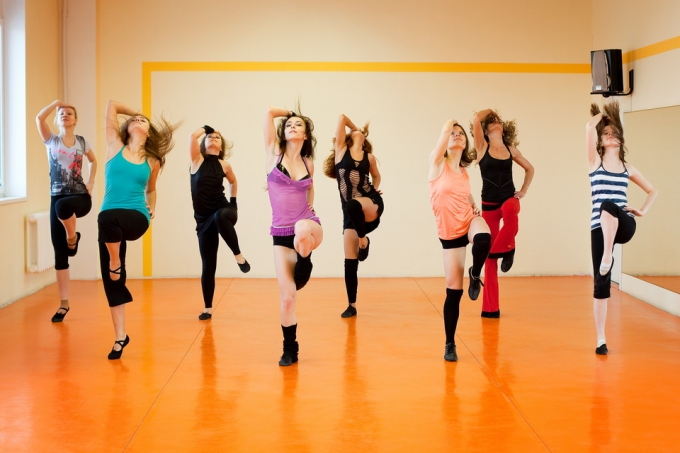 If you're promoting with free lessons, your sales funnel might look like this:
If you're promoting with free lessons, your sales funnel might look like this:
- • interest in dancing;
- • search for a suitable school;
- • contact with advertising;
- • sign up for a free lesson;
- • free lesson;
- • receiving an offer.
4. How to form an offer
The offer is formed based on the problems of the audience with the help of its main triggers. This is your promotional offer. “Learn to dance hip-hop in 3 months”, “Sign up for a free trial lesson”, “Become a member of a friendly community of dancers” - these are examples of offers for a dance studio.
5. How to create a landing page structure
The purpose of a landing page or landing page is to motivate the client and involve them in the sales funnel. It is important to remember that several advertising banners can be located on such a page at once. The structure of the landing page is based on the pains of customers.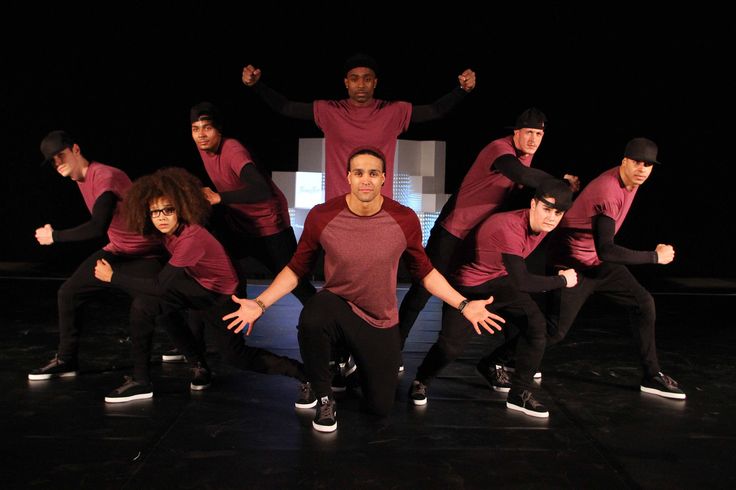 For example:
For example:
Banner 1: main offer.
Banner 2: Headmaster's video message.
Banner 3: photos of students and teachers.
Banner 4: school facts or regalia.
Banner 5: a unique offer, such as discounted private lessons.
Banner 6: subscription offer.
Banner 7: School FAQ and contacts.
With this approach, advertising and promotion of the dance school is much more likely to resonate with potential customers. After all, you interact immediately with all segments of your target audience and work out objections.
How to promote a dance studio through contextual advertising
The advantage of contextual advertising is that it starts working immediately after launch. In a short time, you can collect a large number of applications and reimburse the costs of promotion. But it will take time to figure out the settings of the advertising account.
There are 3 contextual advertising mechanisms:
- Search algorithms. By analyzing the most popular queries for keywords, the system brings you to those who right now are driving into Google or Yandex “dance school record online”. When interacting with such a client, it is important to convince him to conclude a deal as soon as possible, otherwise he will go to competitors.
- GMS (display network) Google and YAN (Yandex advertising network). They show ads on affiliate sites for people who are interested in dancing. This method gives a good conversion for a relatively low price, however, the audience received from such an advertisement will be cold.
- Retargeting or remarketing. It allows you to make a special offer for those who came to your site, but for some reason did not leave a request.
How to promote through targeted advertising
Targeted advertising is the most suitable option for small dance schools.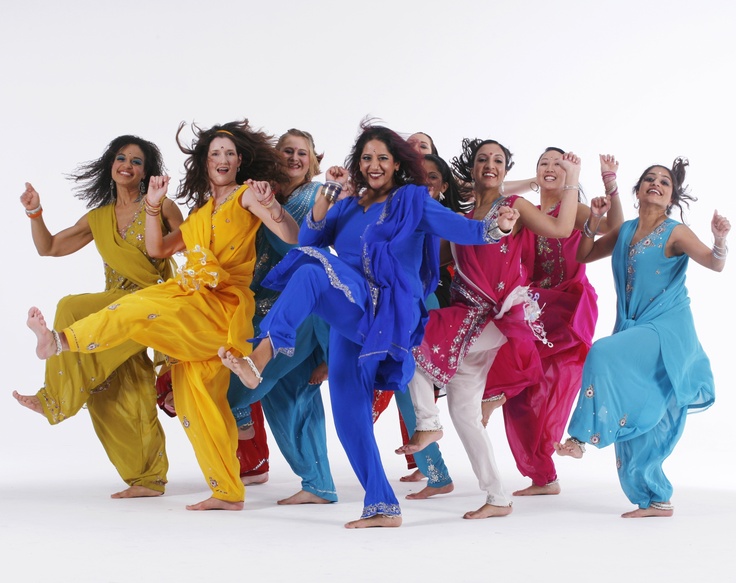 An advertising account on Facebook and Instagram is much simpler than on Google and Yandex, and the cost of an application is lower. But contextual advertising has a higher conversion rate, as the target leads to a cold audience that your sales team needs to “finish”.
An advertising account on Facebook and Instagram is much simpler than on Google and Yandex, and the cost of an application is lower. But contextual advertising has a higher conversion rate, as the target leads to a cold audience that your sales team needs to “finish”.
To make targeted advertising more successful, collect enough leads, upload the data to your Facebook ad account, and create a Lookalike Audience. She may be the most responsive.
How to promote a dance school with SEO
Before you start SEO promotion, carefully analyze your competitors. This will help you optimize your strategy and understand what services are in demand. For advertising to be effective, combine related keywords into groups (clusters) and prioritize queries. Then search algorithms will display the site in the TOP results due to natural traffic. You also need to make sure that there are no technical errors on your site.
Advertising with bloggers to promote the dance school
If you want to agree on a barter, use the following algorithm:
- • through blogger search services, find those who live in your city and who are interested in the services of a dance studio;
- • offer a blogger a free lesson in exchange for advertising;
- • agree on cooperation.
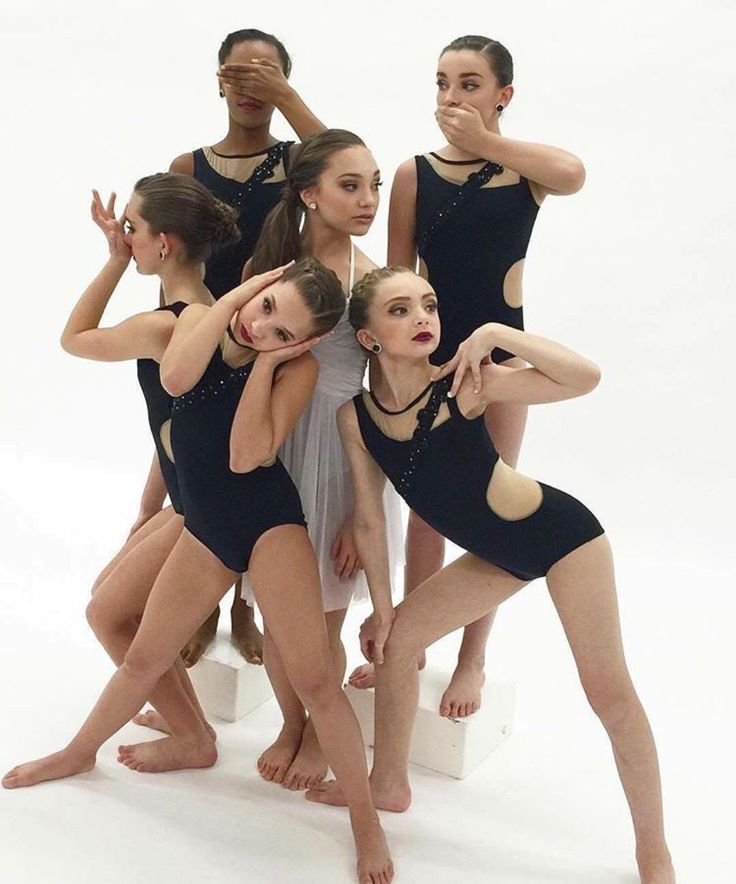 Be sure to specify how many advertising posts the blogger will publish in his account.
Be sure to specify how many advertising posts the blogger will publish in his account.
If the blogger does not agree to barter, consider how necessary this type of promotion is.
Other Ways to Attract Customers
To get maximum exposure, try additional promotion methods:
1. Free Lessons
Dancing is one of the most spectacular art forms. If you organize a public performance of teachers and students of the school, the audience will see the result live and receive additional motivation.
2. Promotions and discounts
To interest potential customers, arrange an open day. Workshops, consultations and discounts on subscriptions - showcase all the features of the school to interest visitors.
Modern dance school in Kyiv
3. Participation in competitions
First place in dance competitions is a sure way to increase customer confidence. To increase the conversion, try adding the phrase to the offer: “Do you want to learn dancing with the winners of the international competition?”.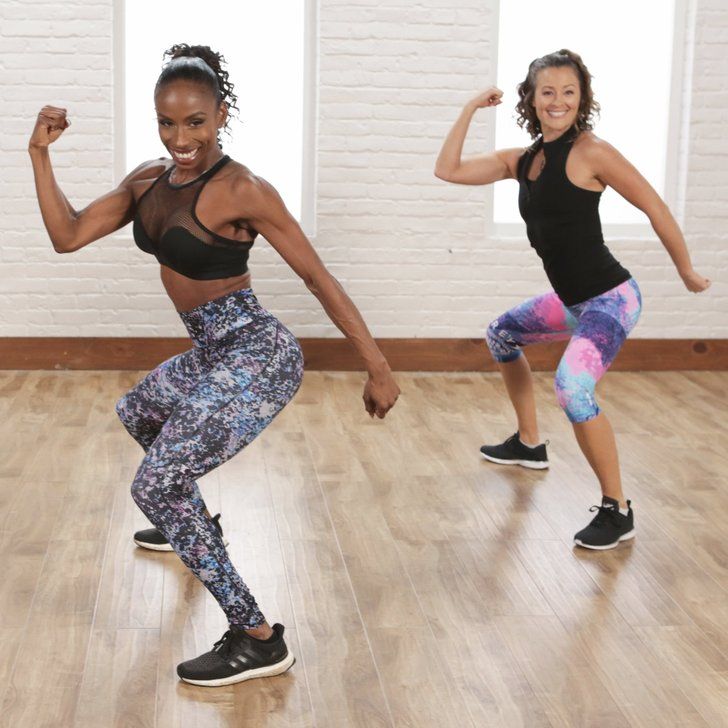
4. Partner programs with neighbors
The main advantage of such programs is a double budget for promotion, which allows you to organize a large-scale advertising campaign. Anyone can be a partner: a fitness club, a yoga studio or a children's music school. It is important to correctly present information and find common ground with the audience.
5. Offline advertising
Whether this method is needed depends only on the habits of your target audience. If, during its analysis, you found that most potential customers are subscribed to the account of a trendy restaurant, try to negotiate with the administration of the institution to promote your services. It can be both advertising on flyers and street banners.
Conclusion
For a successful advertising campaign that pays off the investment, it is not enough to use one or two promotion methods. Complex marketing is needed with constant analysis and adjustment of the strategy. By combining various tools and platforms, you will be able to provide the school with a stable flow of students, and business with income and profit.
Optimize the business processes of your dance school together with 1C: Fitness Club to increase the effectiveness of your marketing! Leave a request and our managers will contact you for free consultation.
GET ADVICE
When connecting for a year cloud tariff
30% discount
Join the community on VK
Follow us on Yandex.Zen
profitability, work with teachers, promotion, difficulties and mistakes
Irina Malchukova
opened a dance studio twice
Author profile
Eight years ago I opened a dance studio in a small metallurgical town where there was nothing like it at that time.
During its existence, the studio went through several relocations, twice seriously went into the red, but in the end it remained a successful business, and then I sold it. I’ll tell you how everything was, what worked for me and what didn’t work out.
Why I decided to open a dance studio
The story began in a standard way: since childhood, I dreamed of dancing and for a long time persuaded my parents to take me to a choreographic studio.
There were no holidays, vacations or birthdays in the studio. It was possible to miss a training session only in two cases, as the coaches joked: he fell ill or died. The rest of the reasons were not considered valid, and it was possible to fly out forever.
Later, I appreciated the strict discipline and exactingness of the teachers. Thanks to them, I can easily control myself, concentrate on any, even unpleasant, business, and bring everything to the end.
This partly helped in business: I could work 10-12 hours a day without days off and holidays.
After graduating from school, I thought that dancing is a hopeless field, so I need to get a different education and build a career. I studied to be an economist and during my studies I managed to work in a trading company, a women's correctional colony and a large network company.
But I was bored doing monotonous activities and being subordinate to someone, I wanted to implement my ideas.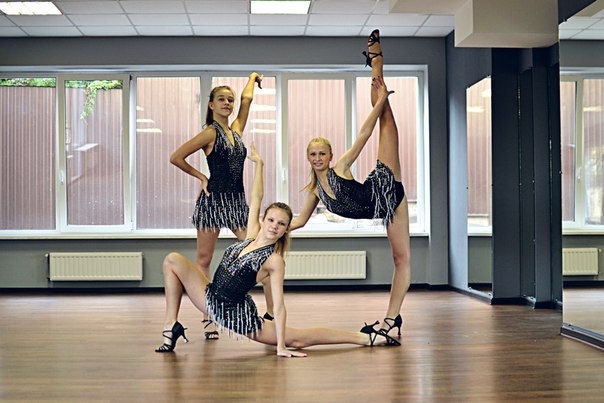 In 2009, I decided to take a part-time job as a dance coach, and since then a completely different life has begun. I started working in the then popular areas: strip plastic, stretching, go-go, I also taught regular dances to children and was a group program coach in fitness rooms.
In 2009, I decided to take a part-time job as a dance coach, and since then a completely different life has begun. I started working in the then popular areas: strip plastic, stretching, go-go, I also taught regular dances to children and was a group program coach in fitness rooms.
I enjoyed teaching people and putting numbers, inspiring others to accomplish things, raising students, and working with them to achieve results. It's like a coach's job: he gives his whole soul and nurtures champions.
Almost as soon as I started working as a trainer, I wanted to open my own studio. I didn't like the set boundaries and the backward approach to business. In the dance schools where I worked, there were outdated areas that were out of fashion for a long time, such as aerobics. Classes were held without requirements for students and without results: we did not put numbers and did not participate in contests or competitions. There were no opportunities for growth for teachers or students.
/twerk/
How to start dancing twerk, how much does it cost and why shake your booty at all
The business itself was not service oriented. Schools did not develop, did not innovate - they simply worked for decades according to the old scheme. Several times I came with fresh ideas, for example, to shoot a video clip, but all this was perceived by the management with hostility.
In 2012, I graduated from the institute and received a diploma in economics. I had a choice: to leave for another city, because there were no prospects in mine, or to go work in the dance field abroad, or stay here, but do my own project.
I dreamed of creating a project from scratch on my own: thinking about how to plan and conduct classes, presenting the design of the studio, tracking down the mistakes of others. All these thoughts were constantly spinning in my head, day after day I lived only with this idea, remembering what not to do or what can be improved.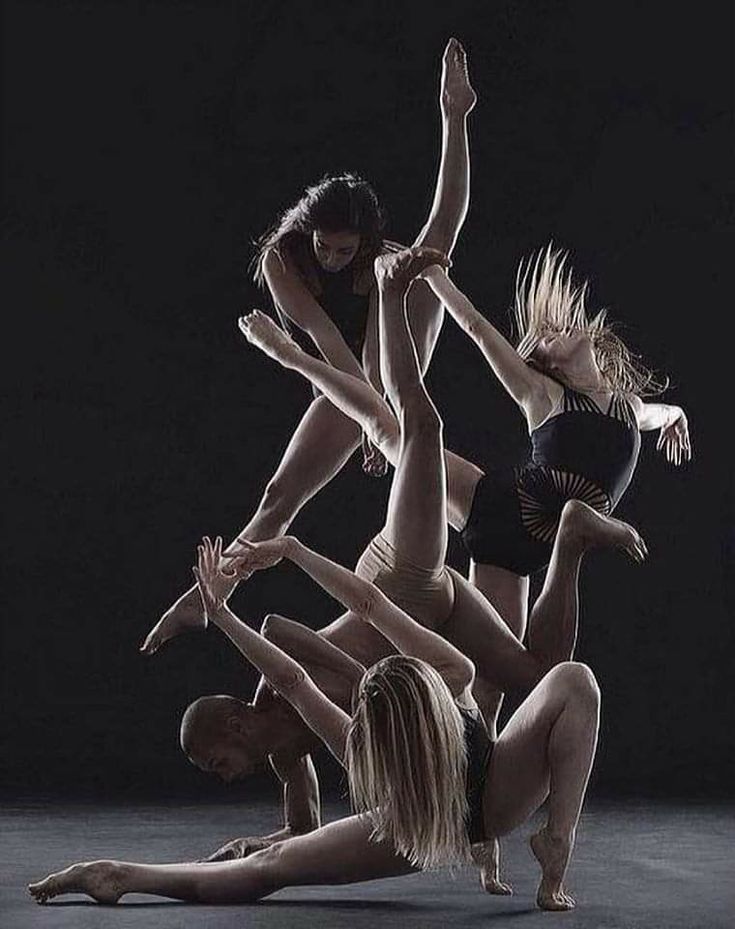
After graduating from the institute, I myself learned about a new direction - half-dance, this is dancing with tricks on a pole. It seemed to me interesting and promising, there was nothing like it in our city. I decided that the idea would shoot and attract people due to its novelty. Three years after I started working as a trainer, I launched my own studio.
What is half-dance
Half-dance is close to strip plastic, but unlike it, the purpose of the dance is not to seduce, but to show acrobatic skills. The movements in strip dance are soft and smooth. And half-dance is the same gymnastics, only not on a beam or rings, but on a pylon. On it, dancers perform circus and power elements.
In my city, metallurgists were not even heard of such a direction, but in Russia and around the world in the 2010s, half-dance just became a trend. At that time, I already had a large client base from dance schools and fitness centers where I had worked before, many students asked when I would open my own gym.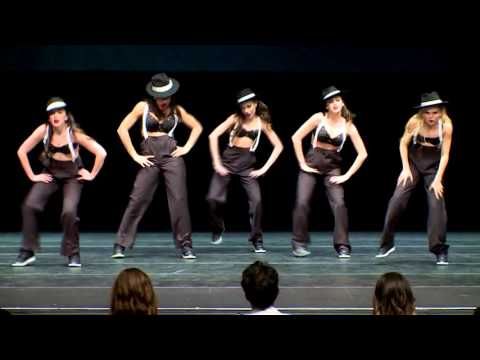
| Pole dance combines elements of choreography, gymnastics, acrobatics | There is also a separate sports direction in the world - pylon sport, which belongs to air power athletics |
Before I opened my studio, I studied pole dance twice in Yekaterinburg - it was the school closest to me where this direction was taught. And there lived a friend with whom I could stay.
The first time I went was in January 2012, and then back in May, before the opening of my gym. I studied for a week every day for many hours, attended master classes. For the first time, the director of the studio gave me a discount on acquaintance, and the training itself cost only about 10,000 R. The second time I spent about 17,000 R: the cost of the training itself increased, and there were more additional expenses for food and travel. Both times I received certificates.
Both times I received certificates.
27,000 R
I spent on additional training in pole dance
There were no competitors in my city at that time. We had only seven dance studios: three taught street dances like hip-hop, breakdancing and locking, the rest were aimed at children, taught modern and classical choreography and ballroom dancing. In fitness clubs, they mainly taught go-go and oriental dances. I decided to take a risk and become the pioneer of a new direction in the city.
First Studio: 3m Ceilings and a Stolen Idea
In May 2012, I started looking for a space to launch the project just in time for the start of the school year. I discussed all the details like equipment, technical issues and the learning process with the directors of the studio in Yekaterinburg when I studied half-dance there.
The room had its own requirements:
- Ceiling height - at least 3 meters, so that poles - pylons can be installed.

- The ceiling slab must not be hollow, but must be at least 30 centimeters thick. The pylons must withstand a weight of up to 150 kg. If the ceiling is thin, the mount simply won't hold up.
- Rent — up to 15,000 R per month. In my experience, it would be difficult to cover the amount higher with the number of subscriptions, and if something happens, I could find that kind of money to cover a failed month.
/dogovor-arendy/
What should a business consider when signing a lease
Not all landlords agreed to damage the ceiling, the thickness of the ceiling was not always suitable for my needs.
The deal failed with the first hall. Due to the peculiarities of the ceiling, an additional structure had to be made there. The landlords agreed to do it themselves, and I would have paid for the work, but at first they doubled the price, then increased it even more, and then refused to cooperate at all.
A few months later, I found out that they wanted to steal my idea and open a similar studio.
Fortunately, their attempt failed: they could not find the appropriate teachers, because only I had such a certificate and knowledge in the city. But the problem with the hall remained: I was already promoting a group on Vkontakte and recording for the academic year. The students were actively recruiting, but I had nowhere to receive them.
I couldn't just make excuses by telling a story about unscrupulous landlords and kept looking everywhere I could: on websites, in local newspapers, driving around the city, looking for signs about rent.
As a result, the opening had to be delayed for two months: due to the specifics and restrictions on the rental price, the premises had to be looked for for almost six months. A former colleague helped: he learned from mutual friends that I was opening a studio, and his friend was just renting out a small hall.
We have agreed that part of the repair costs will go towards rent. I did a facelift in a few days and bought equipment.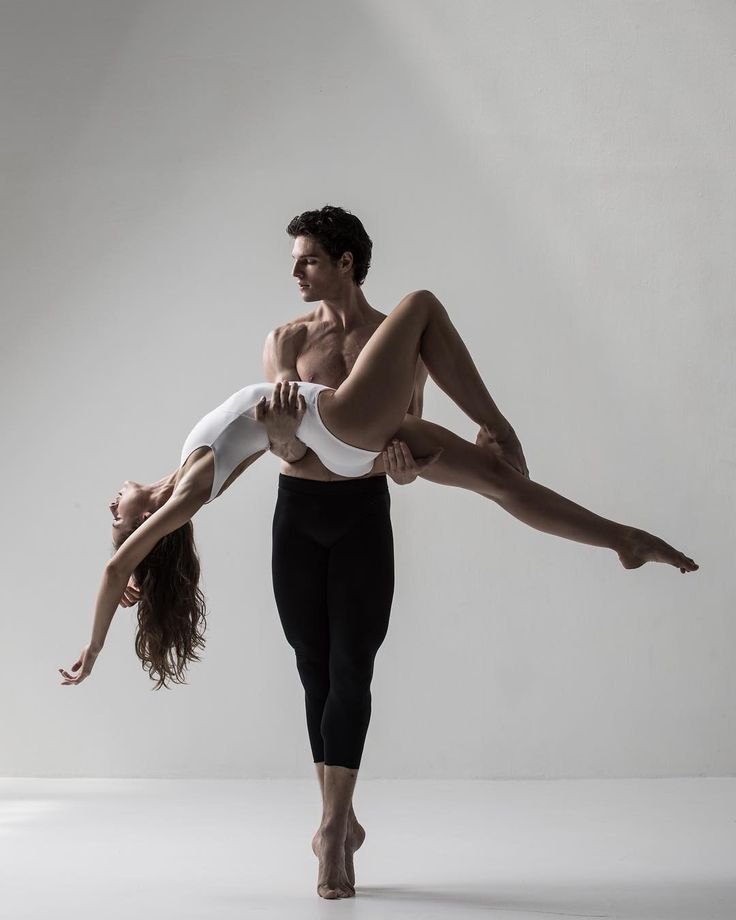
I did the repairs on my own — for example, I painted the walls myself. If it was necessary to attach pylons and arrange heavy furniture, then she called for help from familiar men. They spread linoleum on the floor and nailed it in places.
Pylons are installed quite quickly if there are no problems with the ceiling and floors: you need to drill a hole, attach the pylon, level it, and that's it. Detailed installation instructions are always attached to the pylons. We set up the first pylon in 2-3 hours, the rest were faster.
An important part of the cost for a dance studio is mirrors. They were made in a local company in my city to order. I ordered one-piece large mirrors to the floor. Due to the large size, there were difficulties with transportation: a special vehicle with equipment for transportation was needed - plastic windows are usually carried in such vehicles.
They could not be moved or installed by one person, and they could hardly fit into the aisle.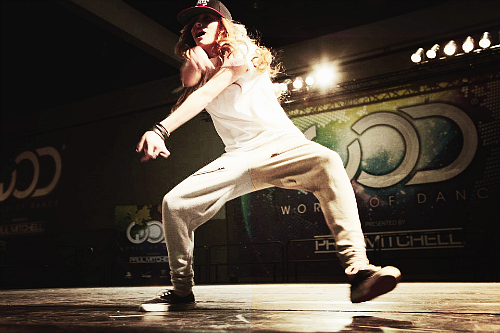 Plus, there were difficulties with fixing: if the wall was not perfectly even, then any slightest deviation could be seen in the mirror - at the joints, in reflections.
Plus, there were difficulties with fixing: if the wall was not perfectly even, then any slightest deviation could be seen in the mirror - at the joints, in reflections.
But the mirrors themselves were excellent, and I then transported them to new studios, breaking the part along the way and ordering new ones. As a result, my friends came up with the idea of custom-made huge plastic frames, like for plastic windows, where we inserted mirrors. So they were easier to transport and install.
For a pylon, a hole is drilled in the ceiling slab and fixed with screws. If the ceiling is not strong enough, the pole may come off during the trick and cause serious injury. Source: Pole4you This is what the studio looked like after the repair - huge mirrors were made to order at the local production At the same time I registered an LLC, I was the sole founder. I chose LLC because I planned to open branches in other cities - it seemed to me that it would be easier to do this than with an individual entrepreneur.
By the way, it would be better if I opened an IP. The LLC was not useful to me later, I had to close it, and this is more difficult than an individual entrepreneur. In the second hall, I had to negotiate with the landlord so that he would give me a legal address. He reluctantly agreed, and I had to pay for it. The LLC also needs to submit a large number of reports, but I did not have the necessary accounting knowledge. Until I hired an outsourced accountant, there were delays in submitting reports and fines.
/ooo-na-divane/
How to register an LLC from home
I opened the studio at the beginning of November. I was ashamed in front of the students, but they waited and almost all of them came.
To open a studio, I took out a loan, so after the opening, most of the proceeds went to payments to the bank - 20,000 R per month. For the entire time the business has been running, I have taken several loans, on average, 30,000-50,000 R for a period of 3 to 5 years. The total amount of all loans was 200,000 R.
The total amount of all loans was 200,000 R.
Expenses for opening a studio in 2012 — 200,000 R
| Equipment: mirrors, pylons, fixtures | 95 000 R |
| Cosmetic repairs: wall painting, flooring | 53 000 R |
| Training and professional development before the opening of the studio | 27 000 R |
| Bathroom renovation | 14 000 R |
| Music center, locker room furniture, hangers at the entrance and other small items | 11 000 R |
Equipment: mirrors, pylons, mounts
95 000 R
Cosmetic repair: wall painting, floor covering
53 000 R
Training and advanced training before opening the studio
9000 000 RSanuzla repair
14,000 R
Music center, locker room furniture, hangers at the entrance and other trifles
11,000 R
How much did I earn
The first studio was small — there were only three pylons, and I could not teach more than an hour six or seven people.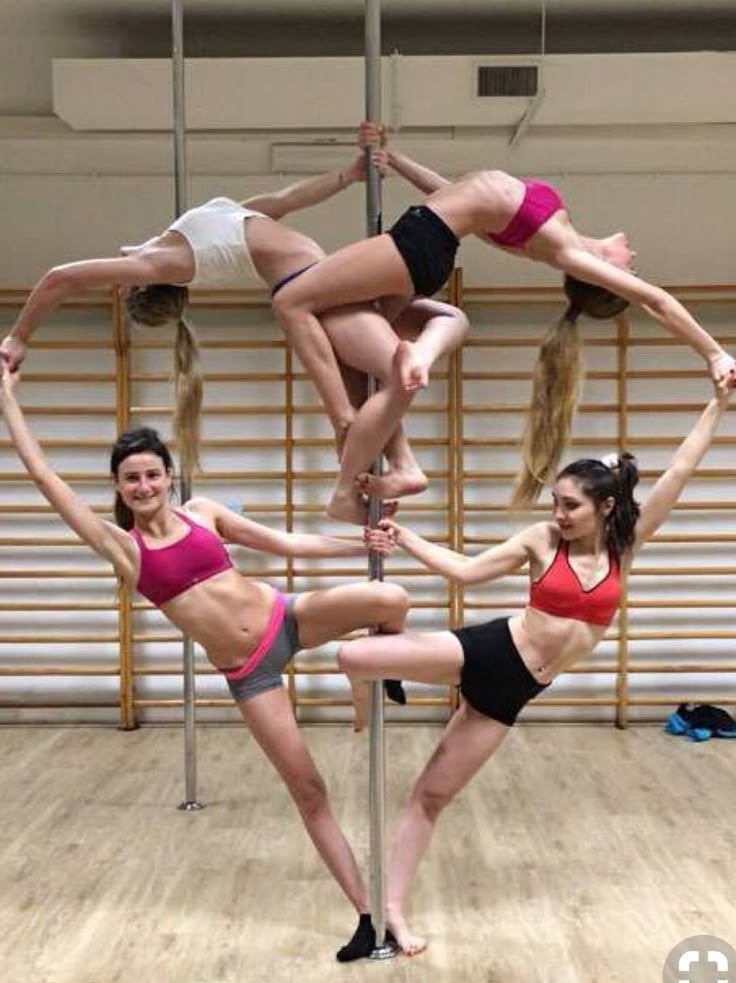 This allowed the studio to earn an income of about 65,000 R per month.
This allowed the studio to earn an income of about 65,000 R per month.
There were two main sources of income: group and personal lessons.
Group lessons were by subscription only. The most popular, for eight classes a month in the evening, cost 1800 R. Evening is considered the most profitable time, because more people come. There was a small discount for the daytime.
Personal lessons were by subscription and one-time. A subscription for eight classes cost 3000 R, a one-time visit - 500 R. At first, the income from personal classes was small: with group classes, I did not have time to take more students. When more teachers appeared, I could only go to personal classes, and the revenue from them reached 30,000 R per month.
A regular waste was the purchase of alcohol: it is rubbed on the surface of the pole to remove dirt and sweat and improve adhesion to the skin. Alcohol had to be bought in canisters from doctors I knew - we needed a concentration of at least 70%, and this is not for sale in the public domain. It took 2000 R per month.
It took 2000 R per month.
The largest turnover was from the spring of 2013 to the spring of 2014: 140,000-170,000 rubles. And the largest net profit was about 60,000 rubles.
Revenue for December 2012
| Subscription for 8 lessons | 27 000 R |
| Subscription for 12 lessons | 12 500 R |
| Subscription for 16 lessons | 12 000 R |
| Day group | 8000 R |
| Personal lessons | 5000 R |
| Total | 64 500 Р |
Subscription for 8 lessons
27 000 R
Subscription for 12 classes
12 500 R
Subscription for 16 lessons
12 000 R
Day group
8000 8000 °
Personal classes
9000 5000 5000 °64 500 500 500 500 500 500 500 500 500 500 500 500 500 500 500 500 500 500 500 500 500 500 500 500 500 500 500 500 500 500 500 R
Studio expansion: moved four times in five years
The studio lasted only six months in the first building: the landlord changed plans and we had to move out.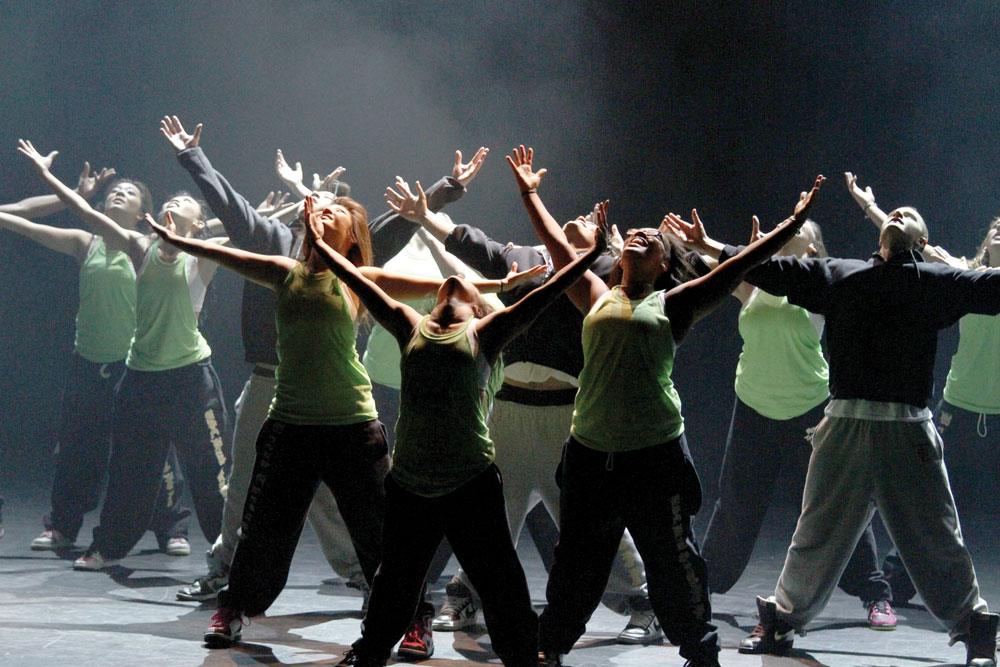
I already wanted to move out myself, because the room was small and I could not teach more than seven people in an hour. To support myself, support the studio and repay the loan, I needed to sell 20-30 subscriptions a month. If I bought less, I no longer had enough money for all expenses. It was necessary to expand and increase income, and for this, another room was needed. In just five years, we moved four times - each time to a new area of the city.
In March 2013, I took away the mats and the music center and moved to another room - almost three times bigger than the old one. I had to take out a loan again, because the old pylons did not fit in height. For 150,000 R I bought five new pylons and changed the flooring. The move cost 300,000 R, including rent for two months.
300,000 R
I spent on moving
There were no problems with the purchase of poles: even then in Russia there were several specialized companies that produced professional poles for dance studios. The best and most famous is located in St. Petersburg - Pole4You. You place an order on the website, choose a convenient delivery method - I had "Business Lines" - and they send it. Two weeks later I received the pylons.
The best and most famous is located in St. Petersburg - Pole4You. You place an order on the website, choose a convenient delivery method - I had "Business Lines" - and they send it. Two weeks later I received the pylons.
| Lesson in the second hall after renovation. The floor had to be re-laid - it should be soft high-quality linoleum so that the students do not hit their knees and do not get hurt when they fall | This is the third hall we have moved to. There I seriously invested in repairs, laid carpet on the floor, repaired the locker room and shower for students and teachers |
 In the third hall, they made a bright panel on the wall. I was the first in the city to start teaching half-dance, so this particular dance is depicted on the panel
In the third hall, they made a bright panel on the wall. I was the first in the city to start teaching half-dance, so this particular dance is depicted on the panel The rent of the premises was three times higher than the previous one, the communal apartment was included in the price. In addition, you had to pay for security. All together it cost me 50,000 rubles.
There were no cheap premises, so the choice was either to continue or give up the dream. I decided to take a risk, and the risk was justified: the business grew rapidly. After the move, we already taught 10-12 students per hour and earned an average of 150,000 R per month.
How I built my work with teachers
I recruited teachers from former students: I chose those who had the potential for this or that direction, loved classes and knew how to communicate with the team. There were three main teachers, I took one or two more for additional directions like go-go.
She tried to make the work of teachers a pleasure: she gave salaries higher than the market, bonuses, paid for their education and advanced training, gave part-time jobs. The average salary in the city for teachers at that time was 2500-4000 R per month for 2-3 lessons per week. I paid 7000-8500 R, if I gave out a bonus, then it came out about 10,000-11,000 R. I gave out bonuses to those who attracted new students to their classes and, most importantly, kept new students. Or those who came up with something interesting like New Year's contests.
The average salary in the city for teachers at that time was 2500-4000 R per month for 2-3 lessons per week. I paid 7000-8500 R, if I gave out a bonus, then it came out about 10,000-11,000 R. I gave out bonuses to those who attracted new students to their classes and, most importantly, kept new students. Or those who came up with something interesting like New Year's contests.
Teachers went to Yekaterinburg to improve their qualifications. It cost me 500-3000 R per person. I myself taught until the fall of 2013, and then I decided to leave only to manage the studio, since classes took time and effort.
Promotion: mostly word of mouth worked
The very first I had a group in Vkontakte — I started recruiting the first students even before the opening of the studio from former students. When I started to develop the group, I asked my friends to join it and make reposts, every day I posted posts, photos and videos to attract people. About a year later, the group had 1000 subscribers, and since 2013 it began to develop actively.
The popularity of the project was also influenced by the uniqueness of the project: half-dance in the city was a new exotic direction, people from the media sphere became interested in this.
/marketing-ads/
Basics of marketing for business: advertising
My main clients were girls 25-35 years old with an average income and a little higher.
Here's what I used to promote.
Regularly updated accounts on Vkontakte and Instagram. I photographed a large, beautiful, spacious hall with high pylons, people reacted and signed up for classes. We wrote about the studio every day, posted posts, asked all our acquaintances and friends to tell about us.
Involved in the promotion of the community of teachers. In the new building, I already taught with three coaches, whom I found among former students. They posted recruitment announcements for groups on their social networks, made photo sets and videos for Instagram.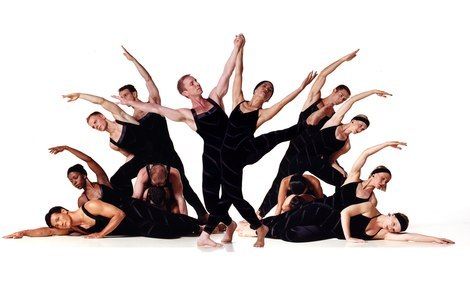 Friends of acquaintances came - it turned out such a word of mouth.
Friends of acquaintances came - it turned out such a word of mouth.
Made a website for the studio. It cost about 13,000 R. I made a beautiful clip on the main page, added photos, information about teachers and a class schedule. After the site appeared, calls began to arrive twice as many.
13,000 R
I spent on the site
I invited photographers and cameramen to work on a barter basis. The direction was new in the city, so they were interested in working with us free of charge. Sometimes they did provocative reports like "Half-dance: striptease or art?", but in any case, publications brought us fame. There were about 15 permanent photographers.
Photos from the performances of studio teachers at concerts and events. These are dances on canvases. Photo: Dmitry Kaiser| An example of a photo shoot that we came up with with a photographer. Photo: Dmitry Kaiser | For them, it was new and unique content that no one else had done in the city.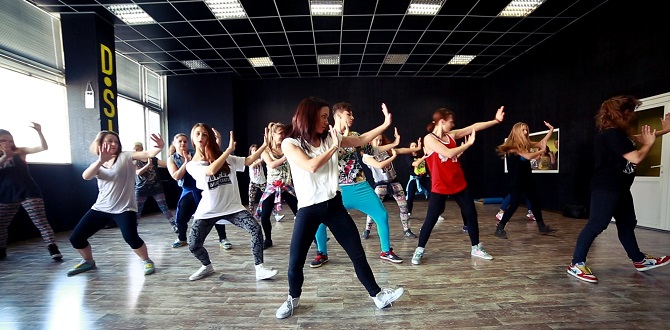 Photo: Dmitry Kaiser Photo: Dmitry Kaiser |
Posted ads about the studio. I have published on local sites, 2GIS, Flampe and Avito. She advertised several times through Yandex Direct. Local sites and 2GIS did not give any results, but promotion through Yandex Direct and Google Ads worked.
I was engaged in promotion, at the very beginning I asked a friend to figure it out and help set up advertising. Usually, new campaigns were launched before the season - at the end of summer to attract students for the new school year, and at the end of winter to attract people for the spring. The advertisement lasted 1-2 weeks, the average budget per campaign was 7000-15000 rubles. We did not have to negotiate with them: they themselves found out that a new dance style was being taught in the city, and they wanted to talk about it.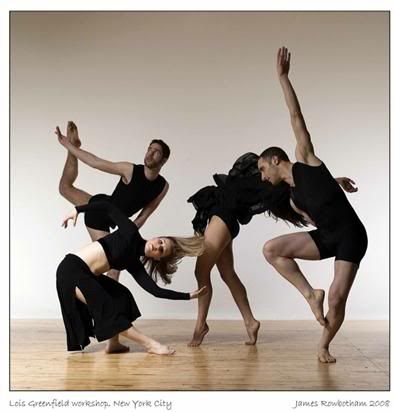
Development of the studio: new directions in the city
Everything was spinning at breakneck speed. Soon I brought new dance styles to the city: aerial gymnastics on canvases and acrobatics on the ring. This trend had already begun in Yekaterinburg, and I knew that it would soon come to our city. It was necessary to have time to be the first.
At first, all this was not in demand, because it was hard and difficult for the students. It is very painful to practice on the ring and canvases: after the lesson there are huge bruises from hoops and burns from the fabric.
Imagine: you are hanging in the air and you are being held by a rag digging into your body.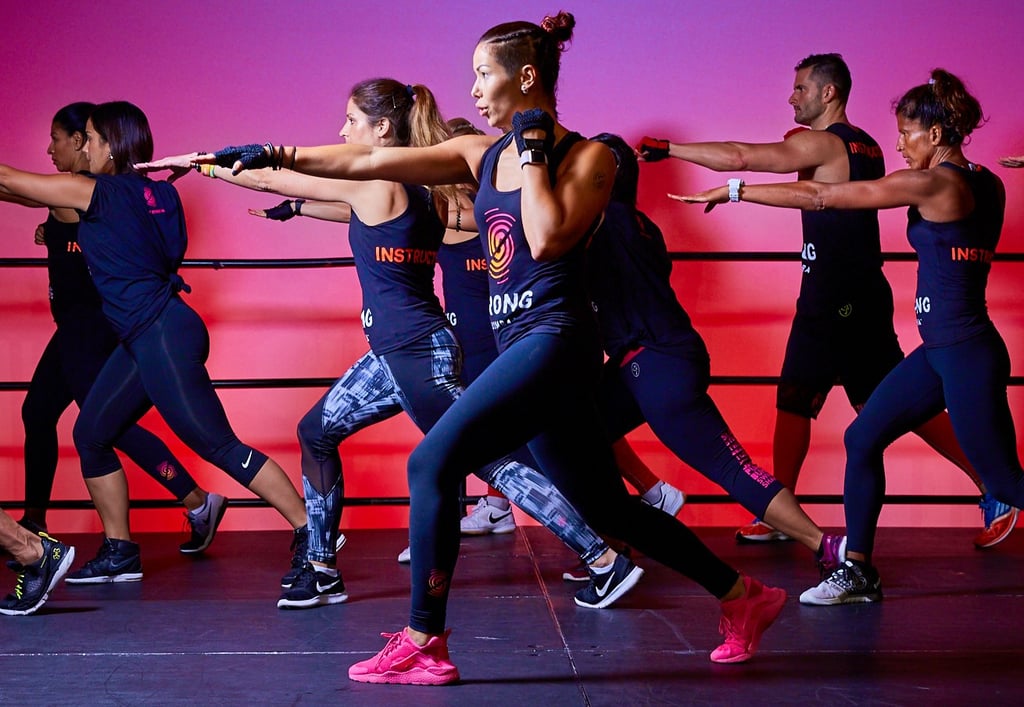
But then the direction unfolded: beautiful photosets and clips with dances on canvases appeared in all social networks, competitions began to be held in cities, dance studios made enticing advertisements.
I was the first to develop this direction in the city, so the students immediately came to me. Once I organized a competition to draw attention to dancing on canvases: for the best photo on canvases, I gave a subscription to eight classes in the studio.
From the outside, these dances seem dangerous, but there have never been any accidents in my classes. Classes are necessarily held with special mats that soften the blows if someone suddenly falls. Teachers are trained and know how to avoid injuries. Before the start of classes, my clients got acquainted with the instructions for safety rules and signed it. Nevertheless, adults understood their responsibility, no one took risks once again.
For classes on canvases and rings, you need to buy additional anchors - these are such fixtures in the ceiling - and soft mats on the floor for safety In general, there are few incidents in this area.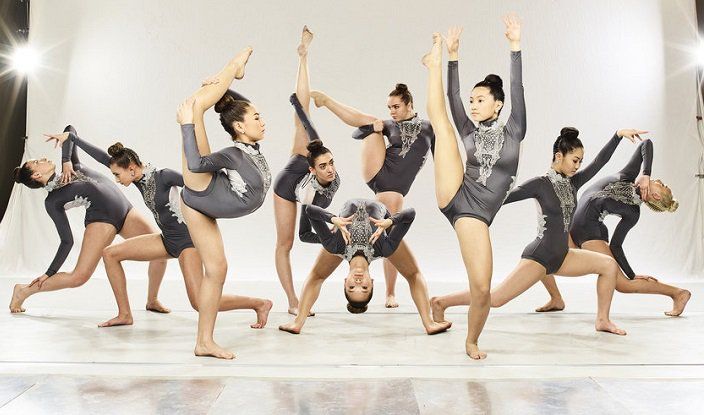 I heard only about one case: in Yekaterinburg, a girl flew off a pylon and broke her arm. But it was a pylon of a different design - a portable one that stands on the podium. It is less stable than a pylon bolted to the floor and ceiling in a studio.
I heard only about one case: in Yekaterinburg, a girl flew off a pylon and broke her arm. But it was a pylon of a different design - a portable one that stands on the podium. It is less stable than a pylon bolted to the floor and ceiling in a studio.
I first looked for teachers at the local circus school, we have a pretty strong one. But we worked with them for a couple of months and did not agree, so I sent several students to study in Yekaterinburg at my own expense - so that they could conduct classes.
44,000 R
I spent on the introduction of a new direction
The introduction of new directions cost 44,000 R: 38,000 R was spent on canvases, anchors and rings, another 6,000 R were spent on training teachers.
Children's dance school and missed grant
My students and parents of former students regularly asked to open dance classes for children: variety dances, stretching, modern choreography.
This would help expand the business and reach a different part of the audience.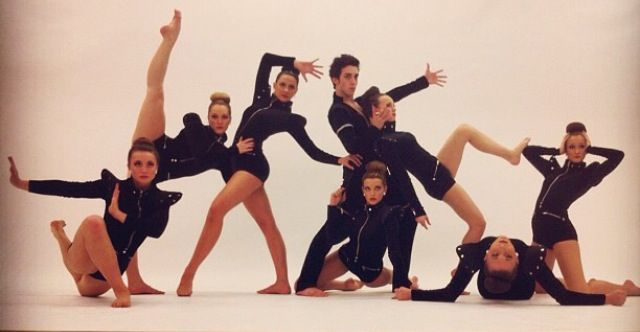 I knew for sure that the project would be successful: I had already worked as a choreographer with children aged 6-7, I had a reputation and potential clients.
I knew for sure that the project would be successful: I had already worked as a choreographer with children aged 6-7, I had a reputation and potential clients.
There was no free money to create a children's school, so I decided to look for a grant and found a suitable one - the competition of the Entrepreneurship Fund. To participate in it, one had to take courses and defend a business plan.
I did not learn anything new during the courses, since I already had an economic education. The next step was to write a business plan and submit an application. I asked for money not just for a children's school, but for business development.
I collected a package of documents: statutory documents, certificates of no debts to government agencies, a certificate of completion of courses, several questionnaires from the foundation itself, a business plan and checks confirming the costs of the project - 15% of the requested amount.
300,000 R
I got to the children's dance school
As a result, I won the competition and received 300,000 R.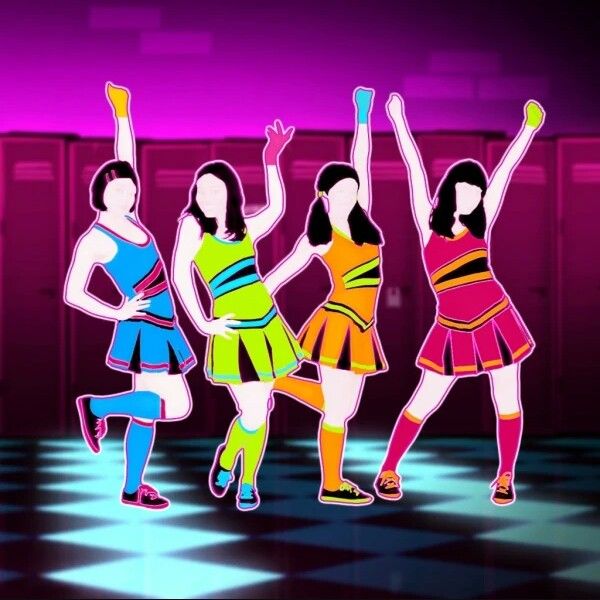
Everything went well, but again there were difficulties with the premises. I needed a hall with an area of 50 m², and these cost 50,000-100,000 R, and not in the center, but on the outskirts of the city. I couldn’t take on such obligations and pay more than 100,000 R for the premises of an adult and children’s studio: I had loans, and if something went wrong, no one would help me.
I tried to search for premises through state auctions and the city administration, I turned to the mayor for help. She offered to do free classes for children from orphanages or large families. But no one came towards me. We have a small city, culture and education are not particularly developed here.
There are factory workers in my city who prefer to drink and watch TV after work.
It was not accepted to get involved in something or have a hobby, so it is difficult to develop in a creative environment.
As a result, the school could not be opened.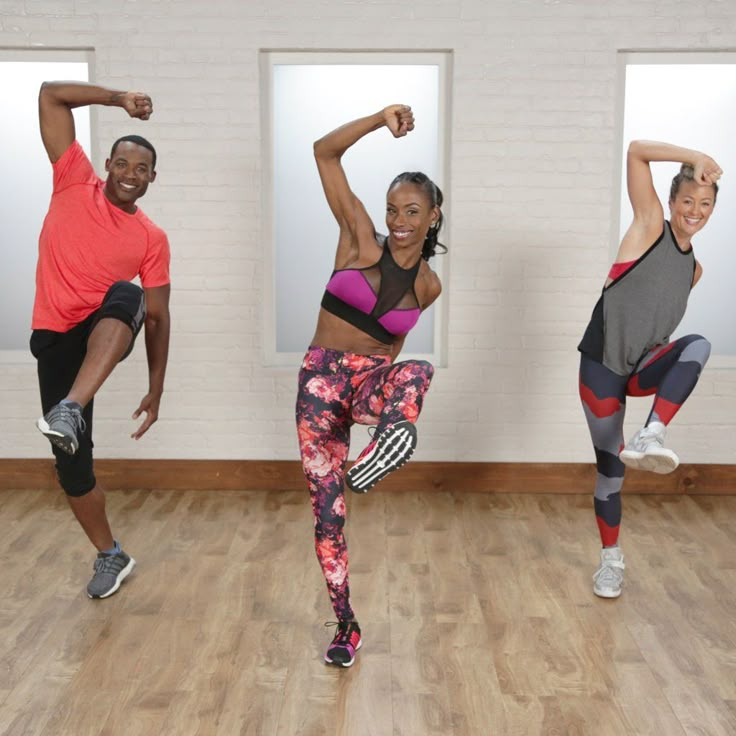 I spent a grant on an existing studio, and the foundation accepted it, because I originally asked for money to expand and develop the business. So the grant was well spent.
I spent a grant on an existing studio, and the foundation accepted it, because I originally asked for money to expand and develop the business. So the grant was well spent.
Despite the history with the grant, 2014 was a successful year: for the first time we held the first major dance event in the city — a pole dance competition. At the same time, it became possible to open branches in other cities: I found two halls and a representative, and I could launch three schools at once. But she was afraid of responsibility and put it off for the future.
/pozhaluite-grant/
How I got a grant for 100,000 R
I was afraid to carry such a large financial burden on my own, especially the simultaneous payments for four rents. I also wouldn’t have had enough time to manage all the studios myself, and there was no one to delegate.
If I created a network of dance studios, it would raise the status of the project, bring in additional income and allow the sale of the franchise to start. In the future, I did not have such opportunities.
In the future, I did not have such opportunities.
Went into the red and started again from scratch
In the winter of 2014, things went badly. At first I thought that it was just the off-season, winter and summer in this area are disastrous months. I had a small airbag with which I closed the holes. But in the spring it ended, but the situation did not get better, and the business went into the red.
Just then, the financial crisis happened, and it hit my city significantly: salaries dropped a lot, people began to save money - and first of all on hobbies. The city has a poor population, business is not doing very well, and financial shocks have a strong effect.
It seems to me that my business went into the red mainly due to two reasons:
- Some of the teachers turned out to be unscrupulous - they conducted additional classes in the studio past the cash desk. Or they were trained at my expense, and then left and poached students.
 I noticed this just in the fall of 2013 and in the winter of 2014, I was losing 20,000-35,000 rubles a month because of this.
I noticed this just in the fall of 2013 and in the winter of 2014, I was losing 20,000-35,000 rubles a month because of this. - Clients asked to extend their subscriptions in advance, but never brought money. In the winter of 2014, there were a lot of such cases - about 9— 12 people per month.
As a result, the studio's income fell from 110,000 to 60,000 rubles. I was forced to fire unscrupulous teachers and could no longer pay rent.
I had to move from a good place to nowhere, and the studio stopped working for almost a year - until February 2015.
Despite the closure, I believed in my project and had no idea what else to do. At that moment, the studio seemed to be the work of my whole life. In January 2015, I saw an advertisement for the delivery of a building with four-meter ceilings and two large halls.
By that time, competitors had already begun to appear in the city, who also taught half-dance. Half of my students and all the staff went to them - this time no one expressed loyalty and did not wait for me to solve problems.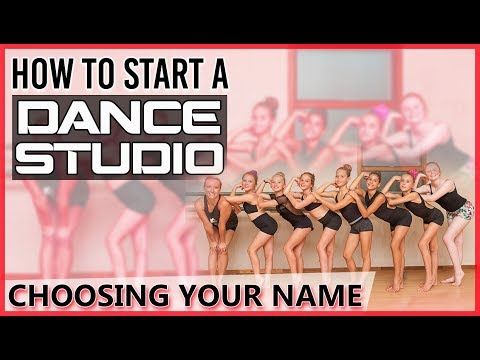 But the description of the new premises hooked me, and I decided to open again. She recruited teachers from her former students, and also looked for clients through social networks.
But the description of the new premises hooked me, and I decided to open again. She recruited teachers from her former students, and also looked for clients through social networks.
The repair of the hall took several months, so the studio opened only at the end of March. With difficulty, but I brought the business to its previous level, launched joint courses with teachers from other cities. I spent 285,000 R on the opening - these are the costs of repairs and rent for three months. I borrowed part of the amount from a friend, I earned part myself - at night I wrote diplomas in economics for students.
285 000 Р
I spent on opening a new studio
How I decided to sell the studio two months. I managed to pay off debts for repairs and reach a stable profit.
In 2016, a lot has changed in my life. I met my future husband, we began to live together, and then we decided to move to another city. The business was irrelevant for me, and I put the studio up for sale.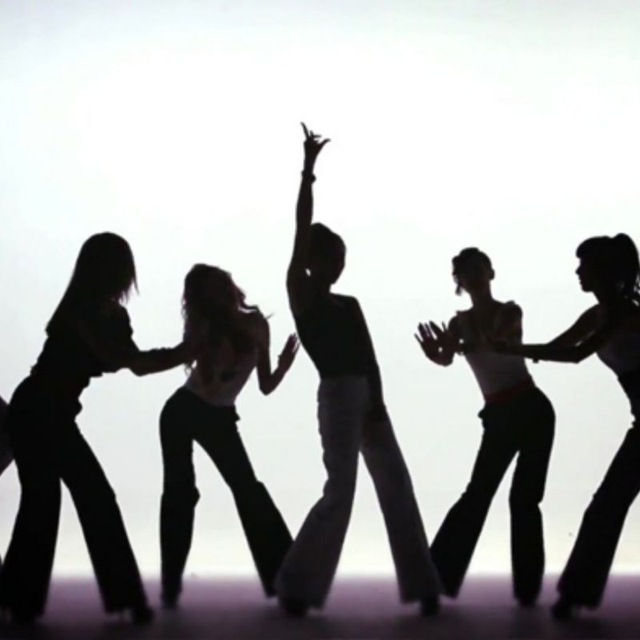
It was planned that it would be bought by one of the old students who have been in the studio since its foundation. And so it happened. We negotiated with one of the students for almost a month. By that time, I had already closed my LLC and was about to move. Therefore, I sold the studio to her as an individual with the transfer of all rights, property and equipment for a symbolic 100,000 R - this is how much the equipment of the hall cost, taking into account wear and tear.
After the sale, I introduced the new owner of the studio to the staff and students, completed all personal affairs and never returned to this topic.
Expenses for December 2016
| Salary | 25 000 R |
| Premises for rent | 14 000 R |
| Drinking water and disposable cups | 2000 R |
| Alcohol | 2000 R |
| Utility payments | 1500 Р |
| Total | 42 500 Р |
Salary
25 000 R
9000 РWhat mistakes affected the development of the business
Despite the successful start of 2014, I made mistakes that slowed down the development of the business.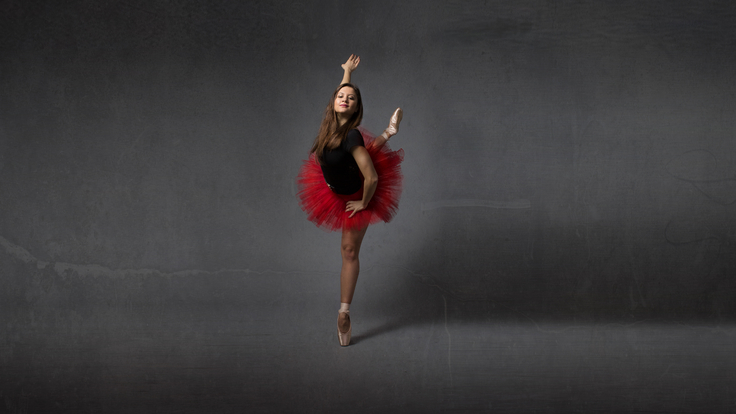
Did not conclude agreements with teachers, because I relied on their integrity and honesty. As a result, they went through training that I paid for, then went to competitors and took students away. To prevent this from happening, I needed to legally fix the training and confidentiality conditions. For example, to prescribe in the contract that the teacher is obliged to work in the studio for a certain period after completing the training or pay its cost, otherwise - a fine.
Gave the keys to the studio to all teachers. I did not follow what the teachers were doing in the studio outside of class, and someone began to conduct classes past the cash register. Usually, an administrator works in studios, and only he has the keys: he opens and closes the studio, marks clients, and monitors subscriptions.
Made the salary too high in the city. I could save about 15,000 R per month on teachers' salaries and spend this amount more appropriately - on advertising or attracting additional teachers during the daytime and weekends.
Didn't introduce strict visiting rules and didn't set up an accounting system. I went forward when the students asked to renew the subscription on credit or pay in installments. Because of this, I lost some of the money: clients went to classes, but never brought money for them, and I could forget who did not pay. If we had a CRM or other customer accounting system, these problems could have been avoided.
Used the premises inefficiently. Instead of opening a second hall and teaching other dance styles, I made a dressing room and an office for employees in its place. In addition, it was possible to sublease the premises in the morning and afternoon, when there were no classes. I was offered this, but I refused. The studio could have a large sum from the evening for the sale of subscriptions, so you would have to keep track of those who rent the hall for sublease - either hire an administrator or do everything yourself. There was no worker for a nominal fee, and I didn’t have enough time.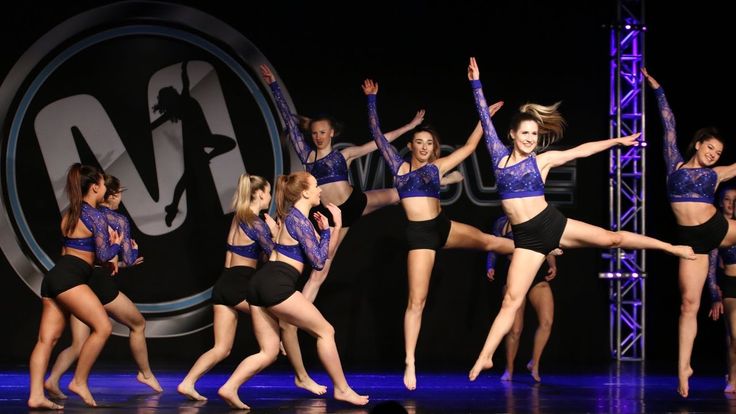
Did not use all advertising tools . It was possible to attract well-known personalities in the city for cooperation, place booklets and business cards in popular places, launch targeted advertising and more actively maintain a page on Instagram. When I reopened the studio, I no longer invited the press and did not arrange master classes, and as a result, they began to forget about the school, especially since three competitors appeared.
Made hasty decisions. The third move was unsuccessful: the studio was in an area difficult to reach by public transport, too much money was spent on repairs, and it was difficult to get along with the landlords. For example, they promised to install batteries for three months and started working only when I threatened to leave. All agreements with landlords had to be fixed in writing in the contract, and not limited to verbal promises.
Invested in an ad that didn't work.



